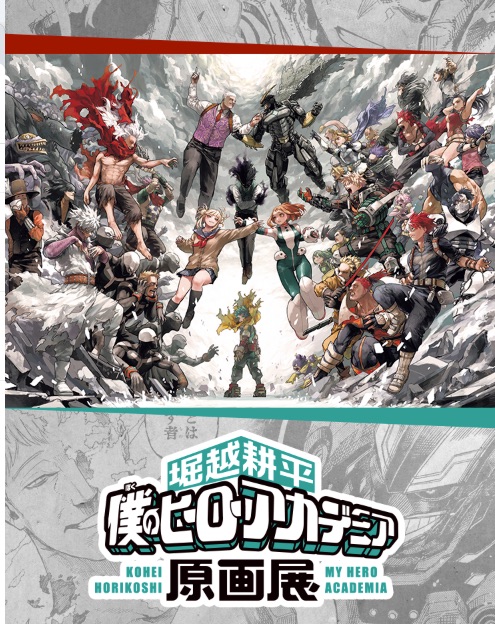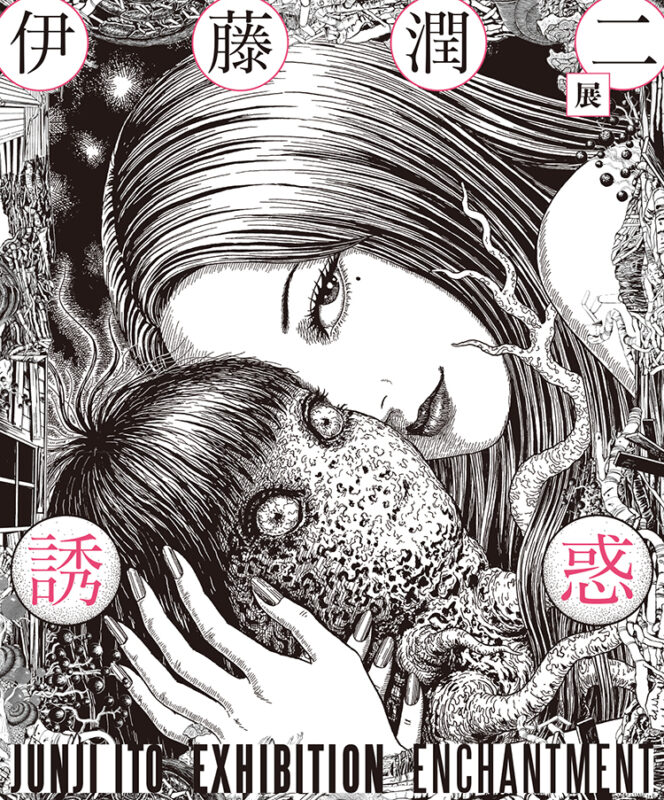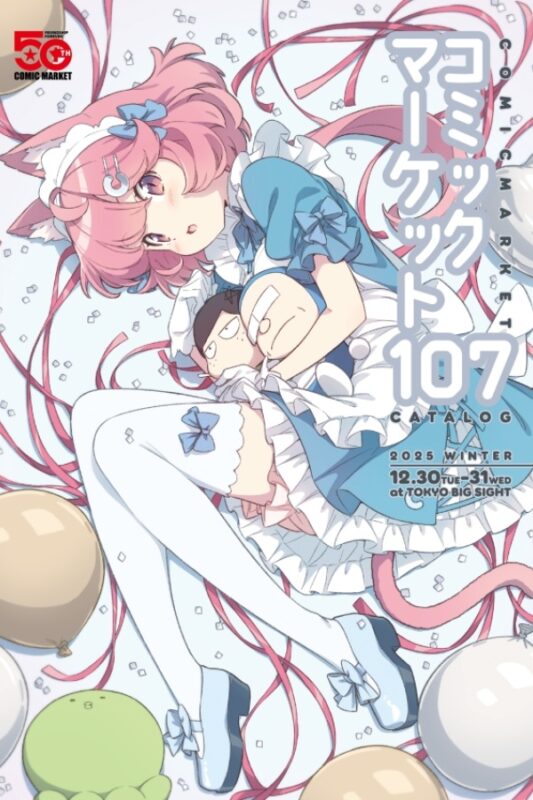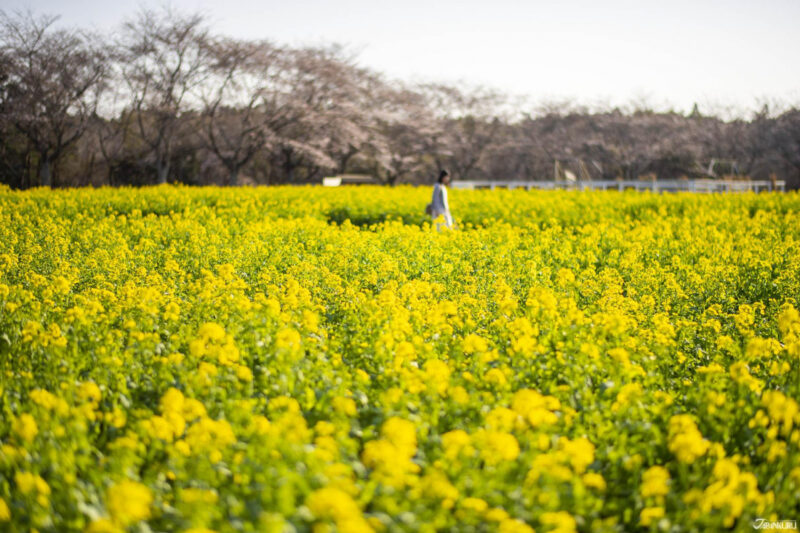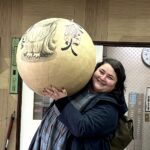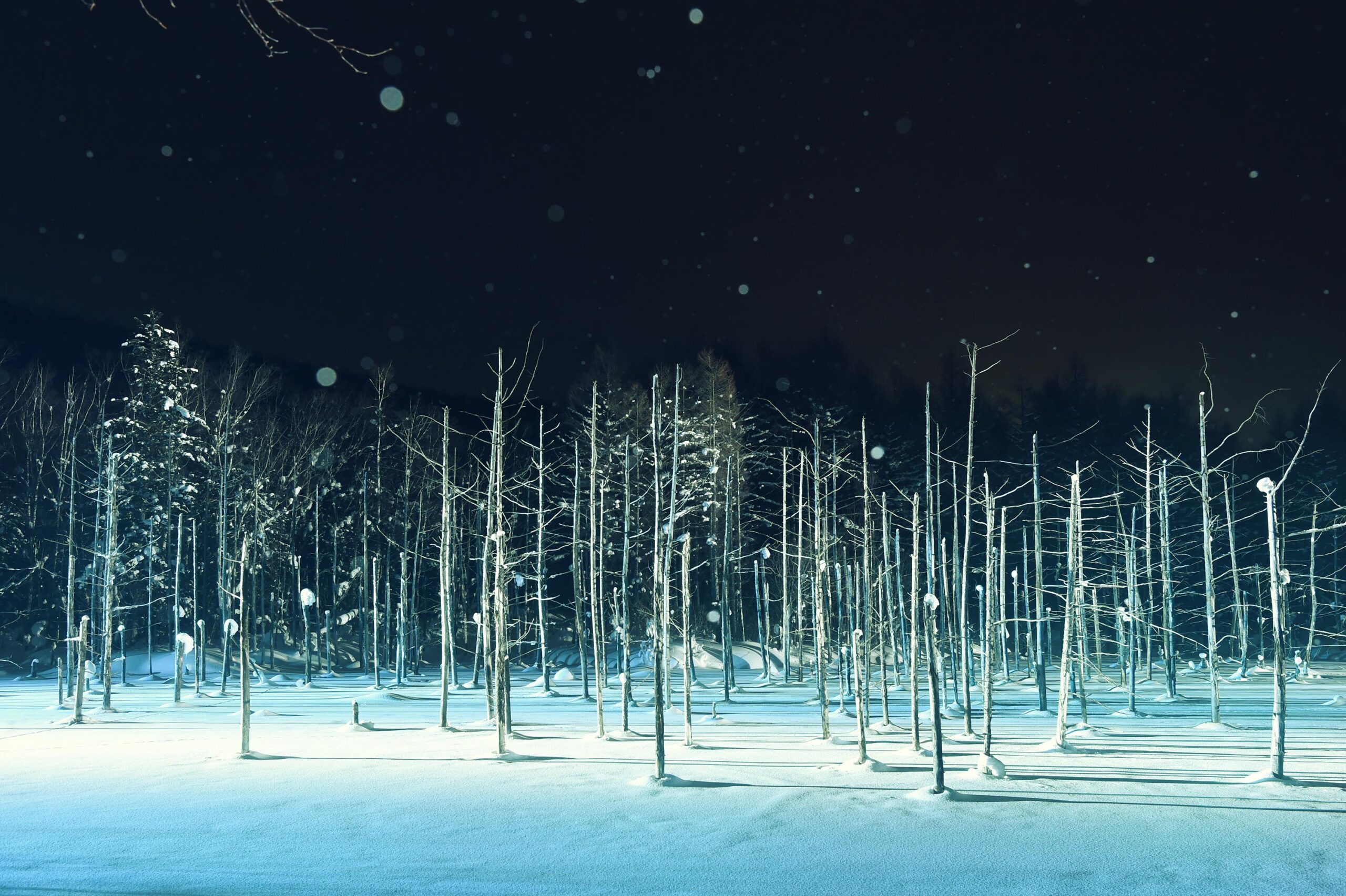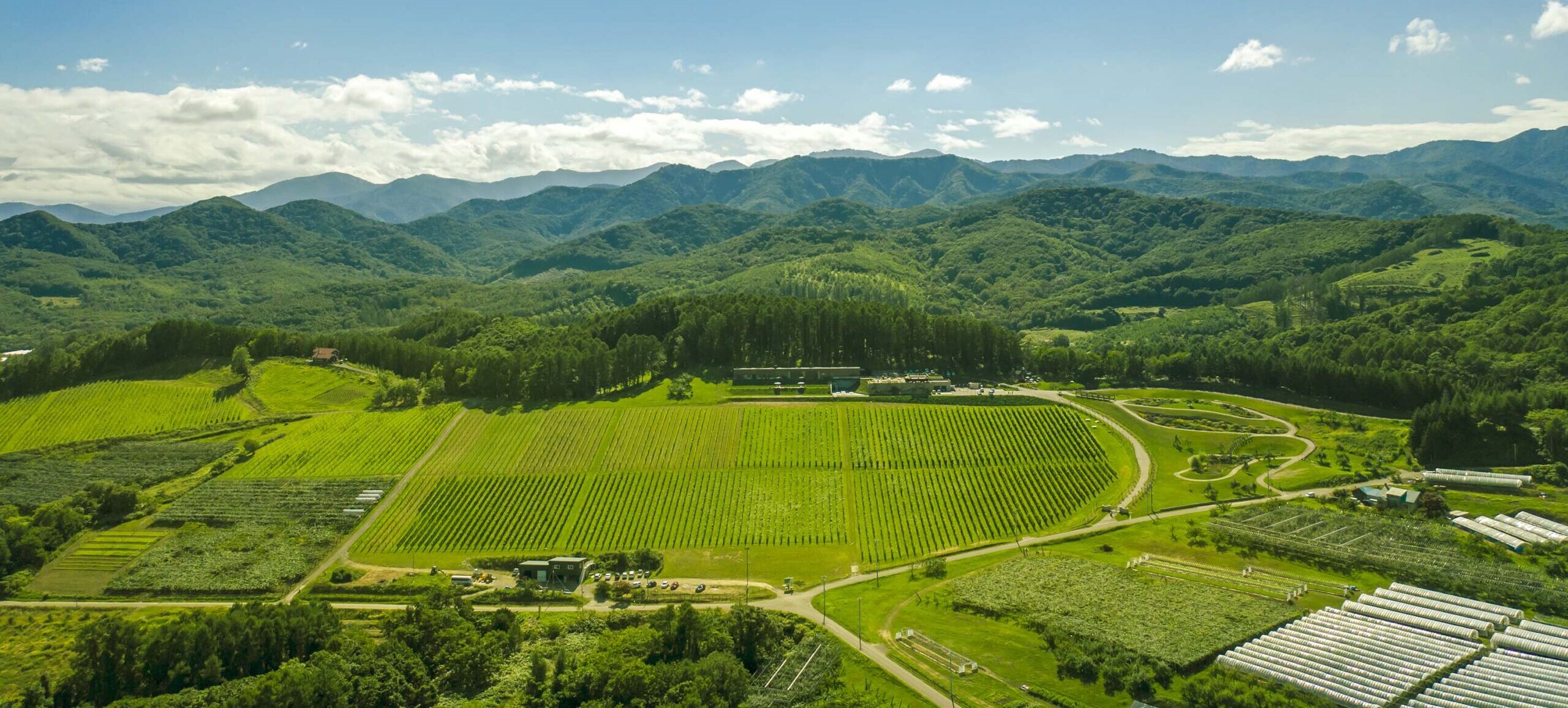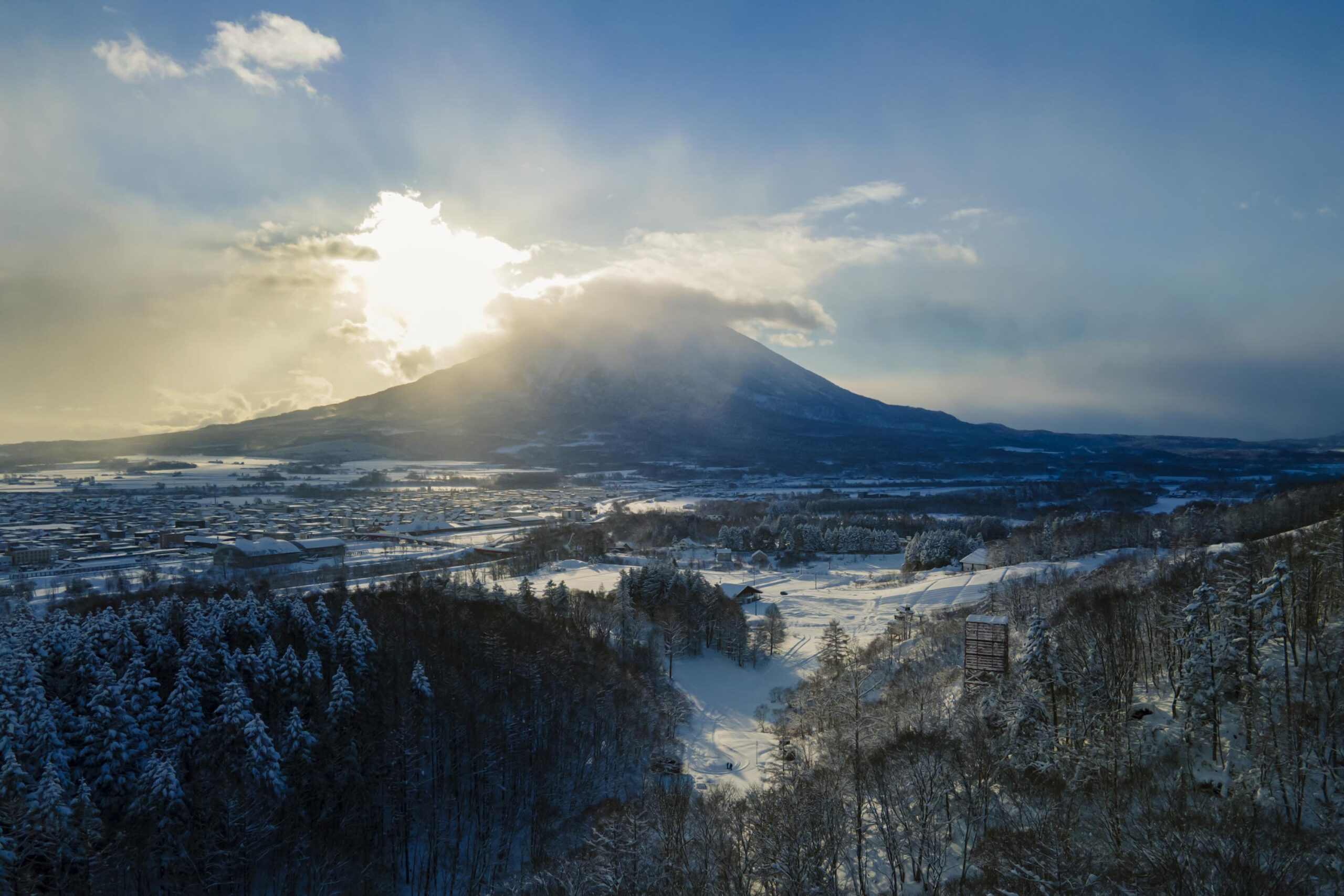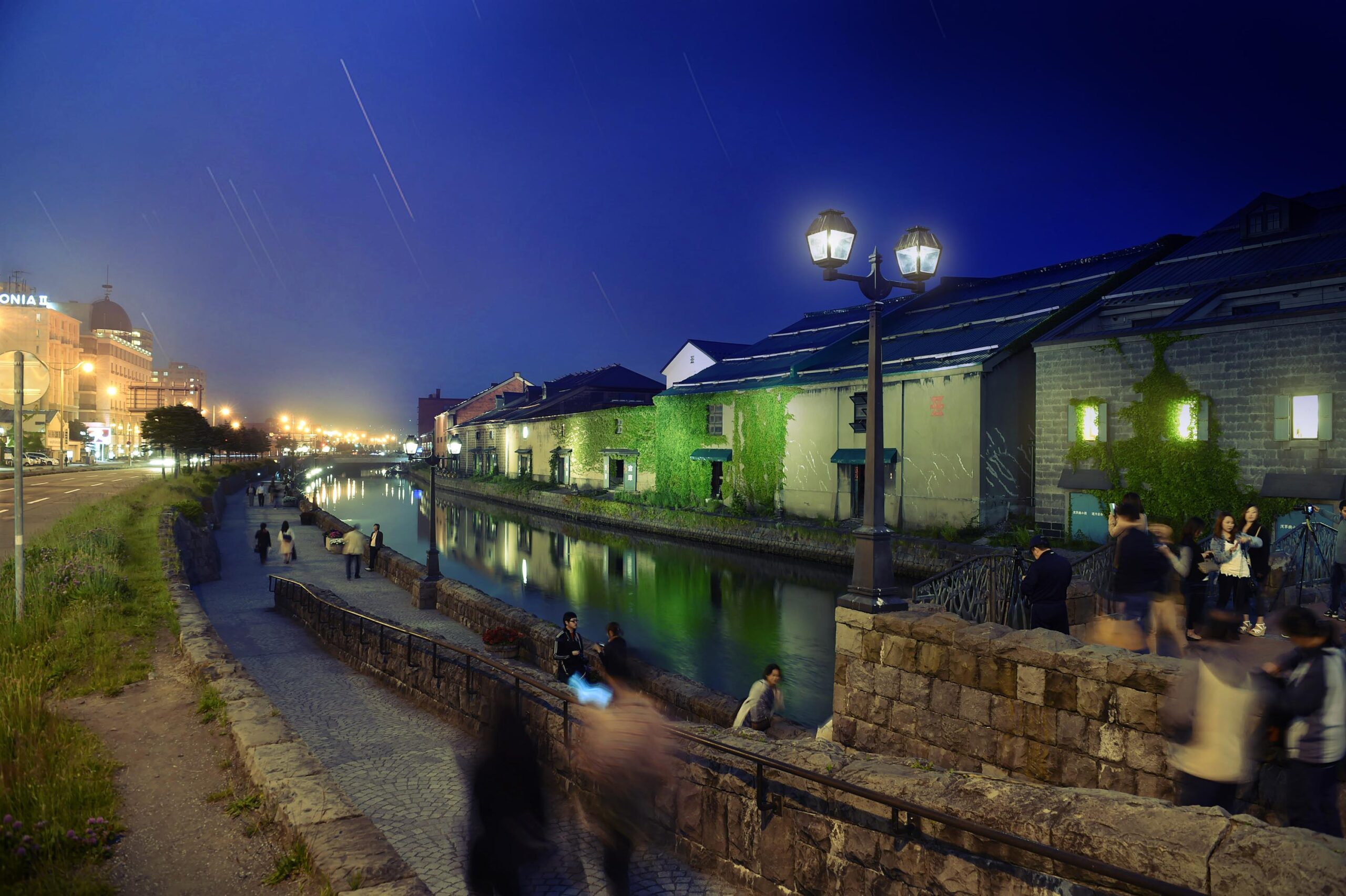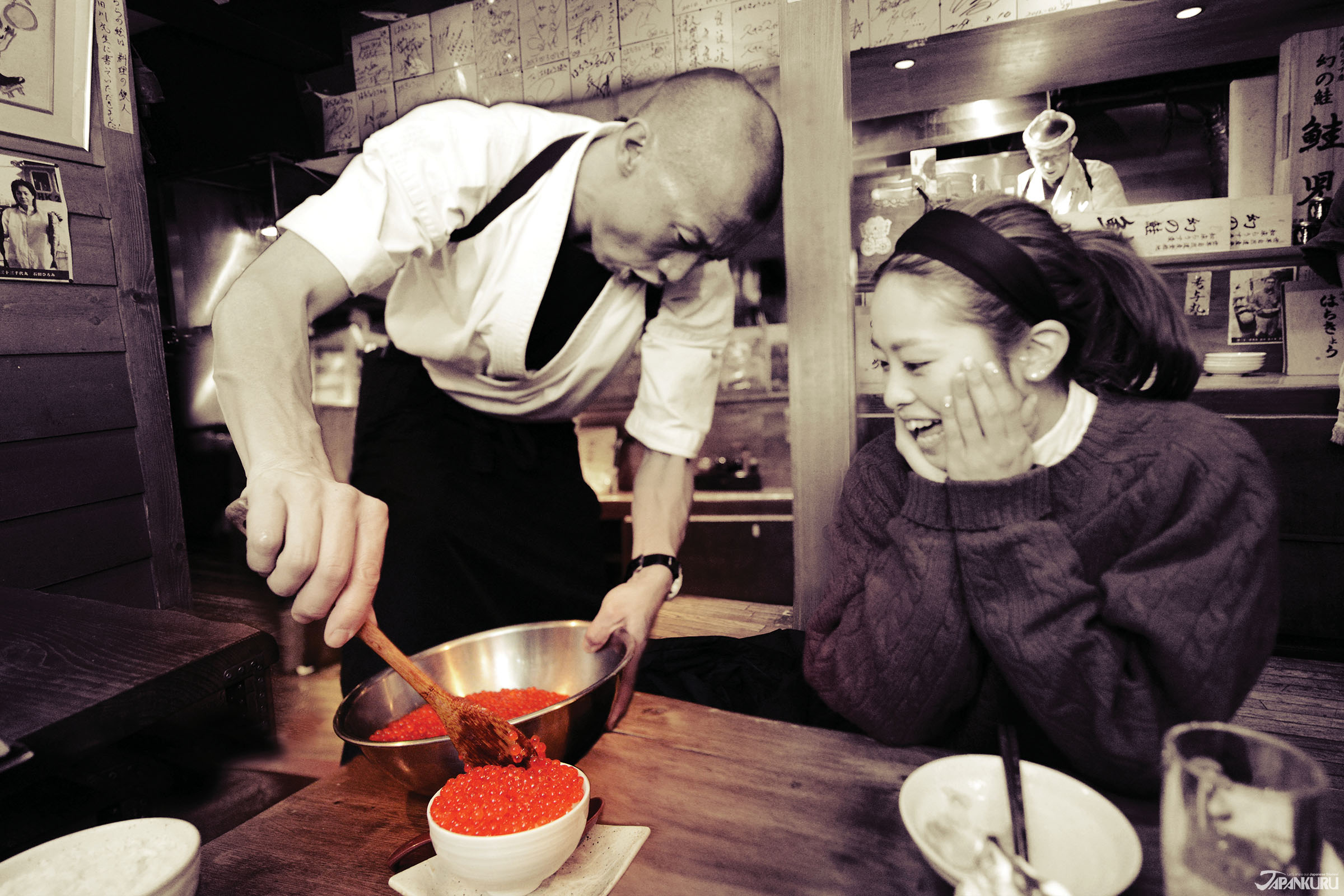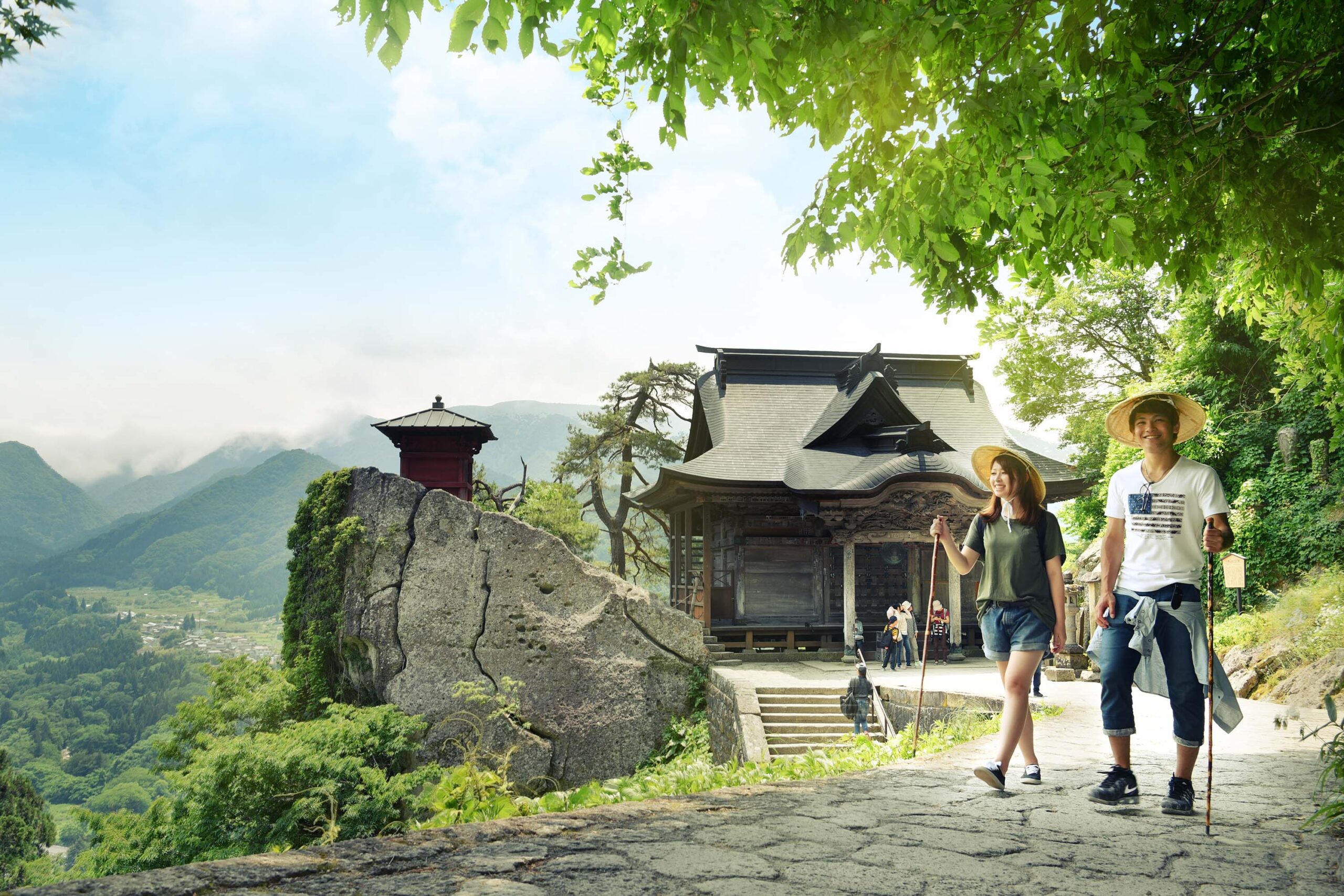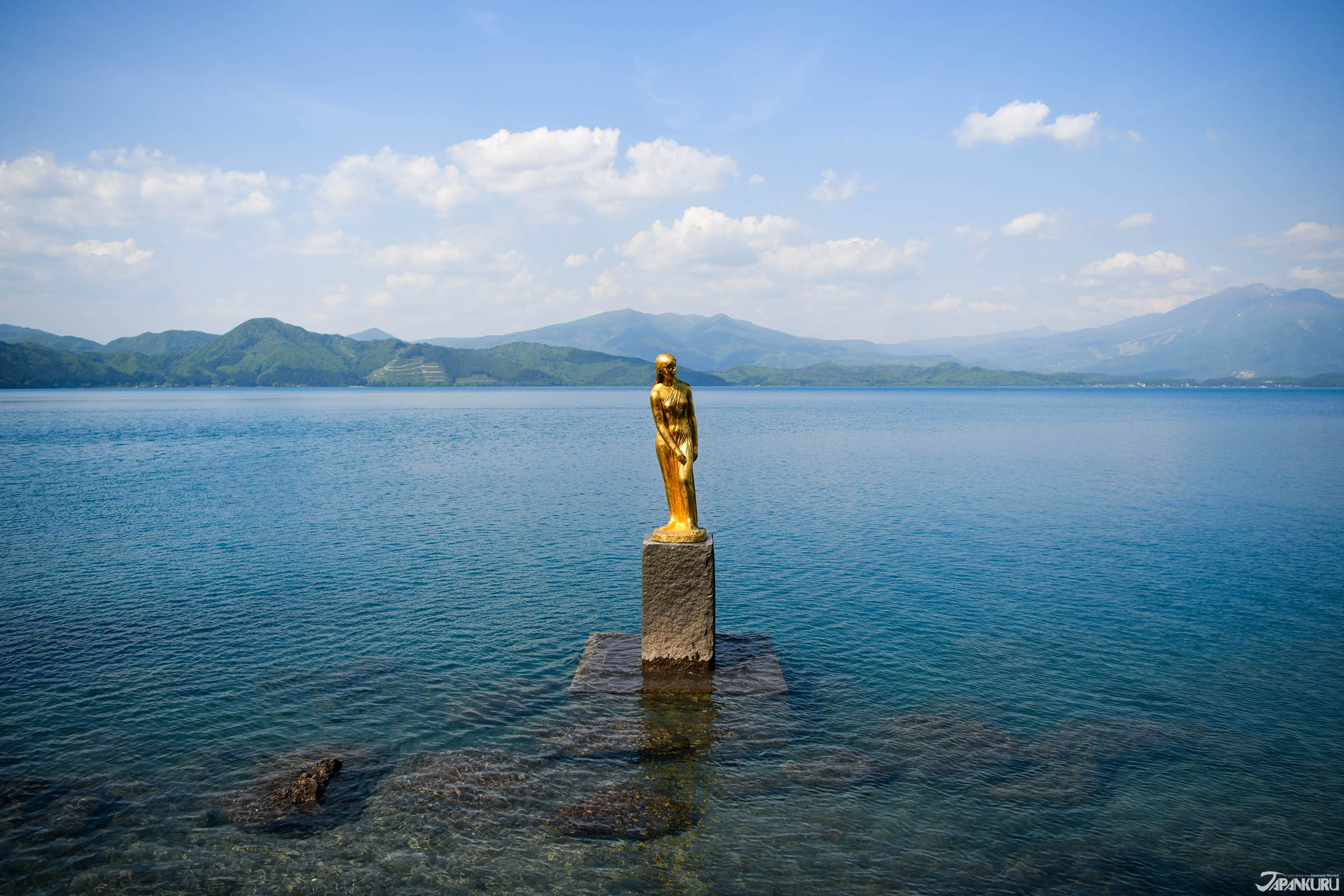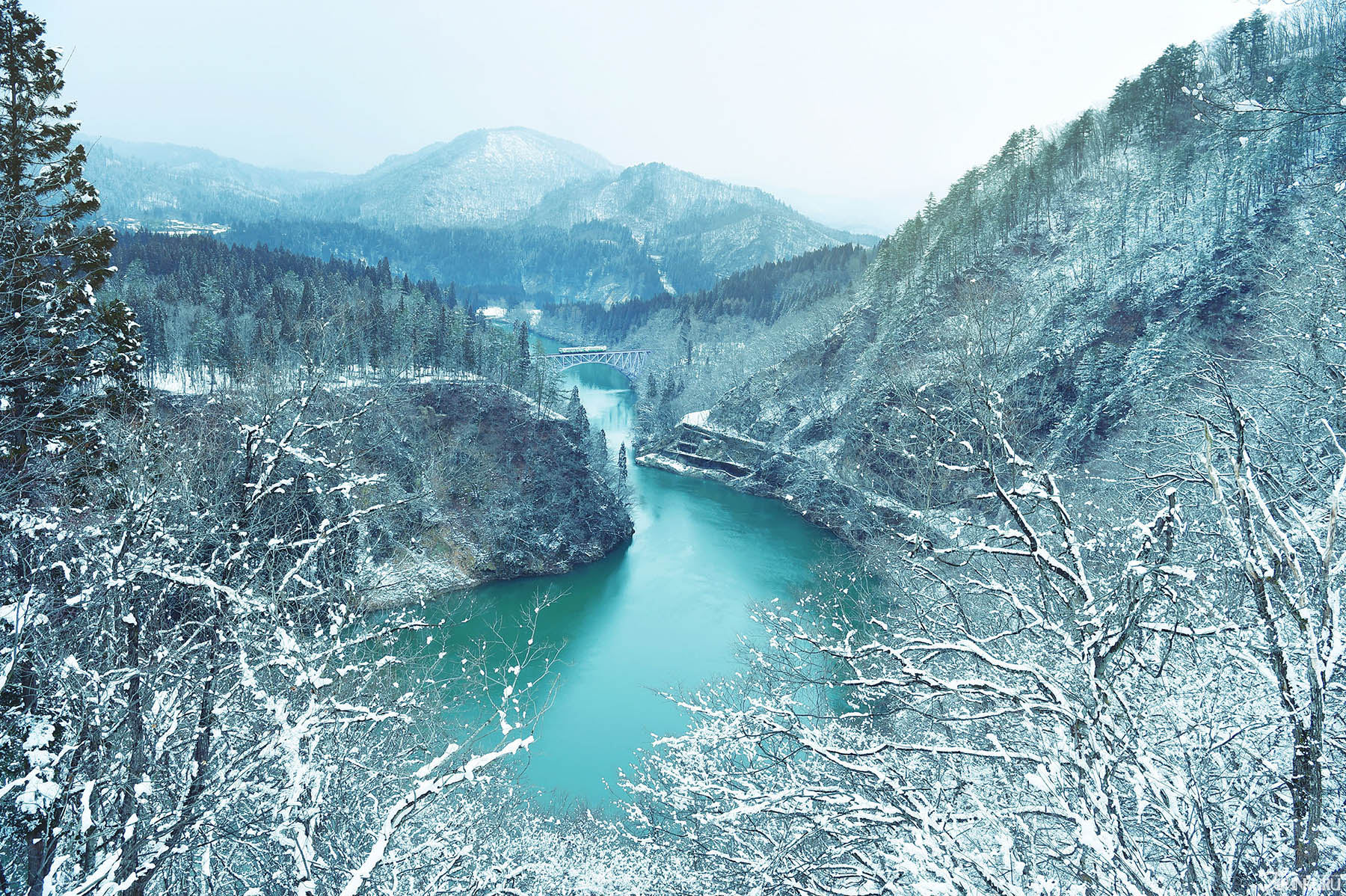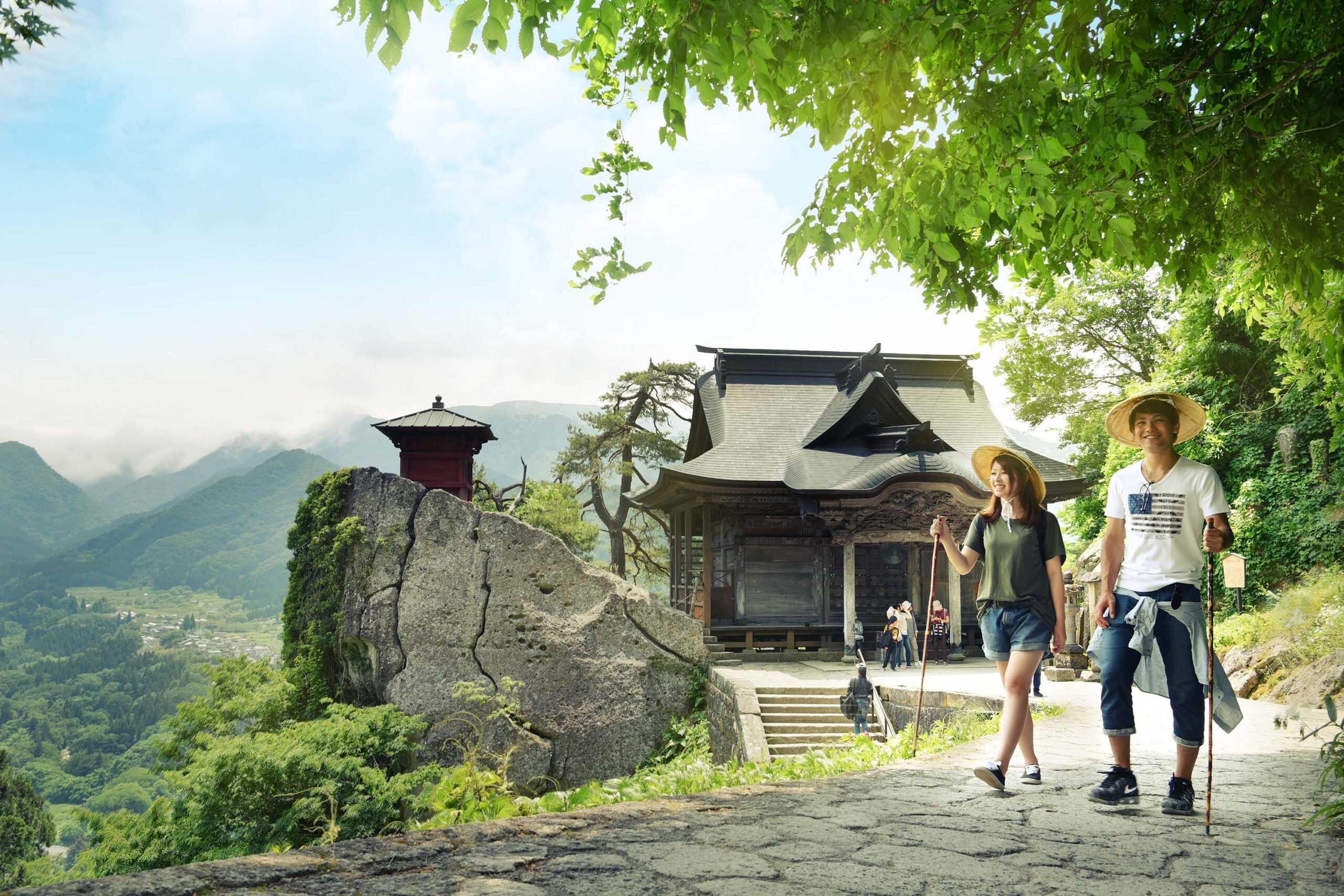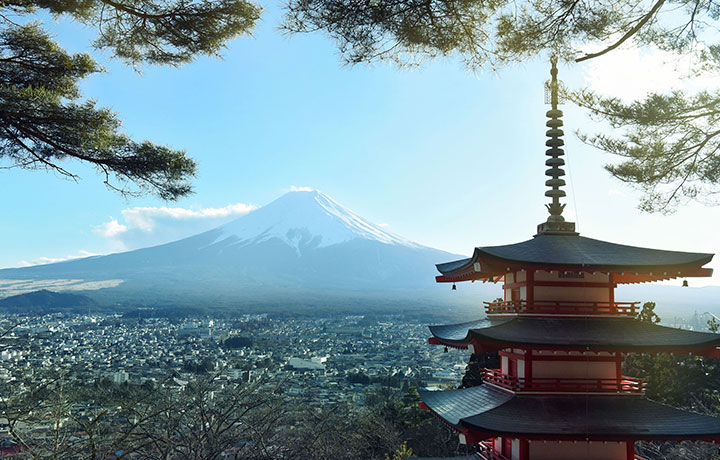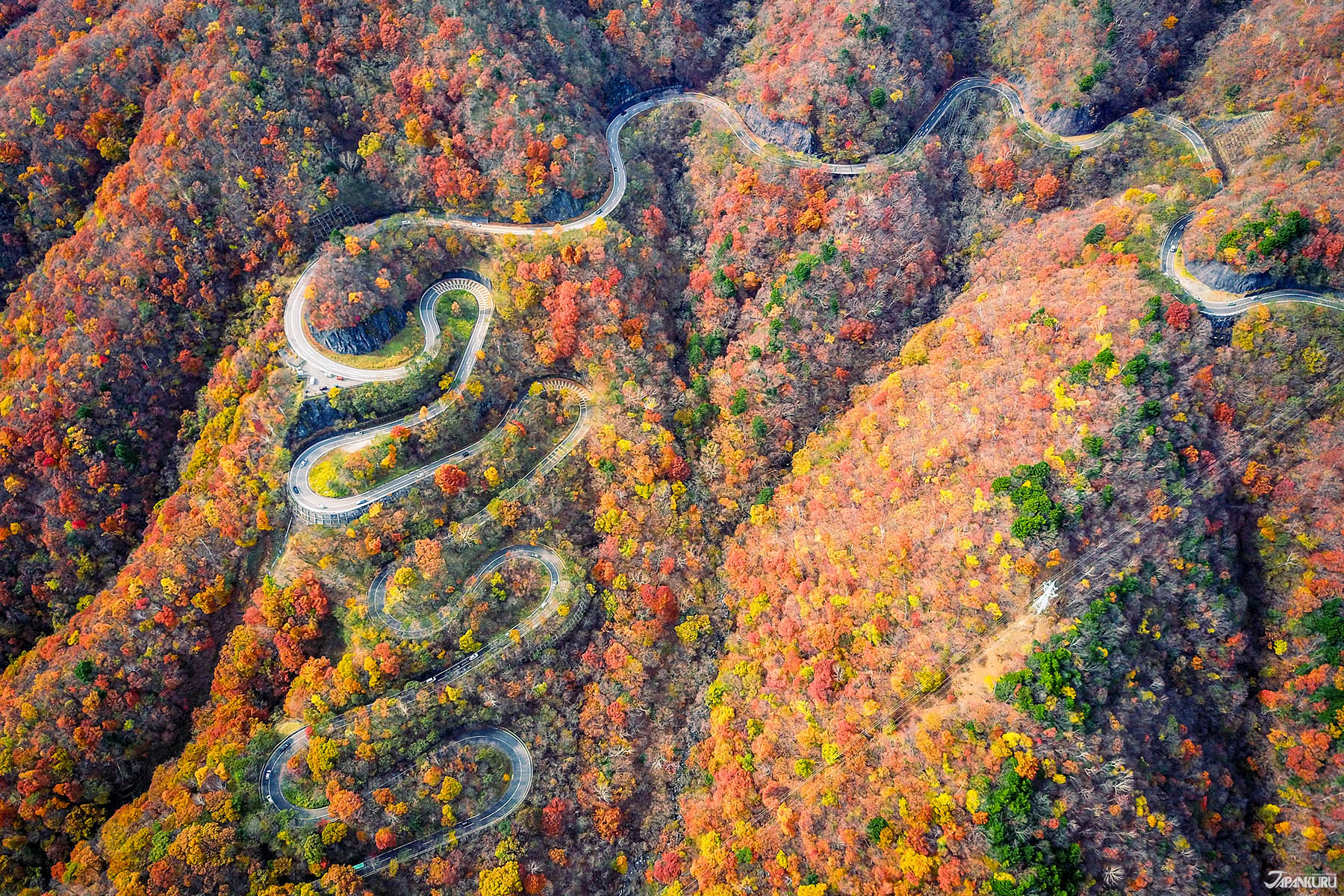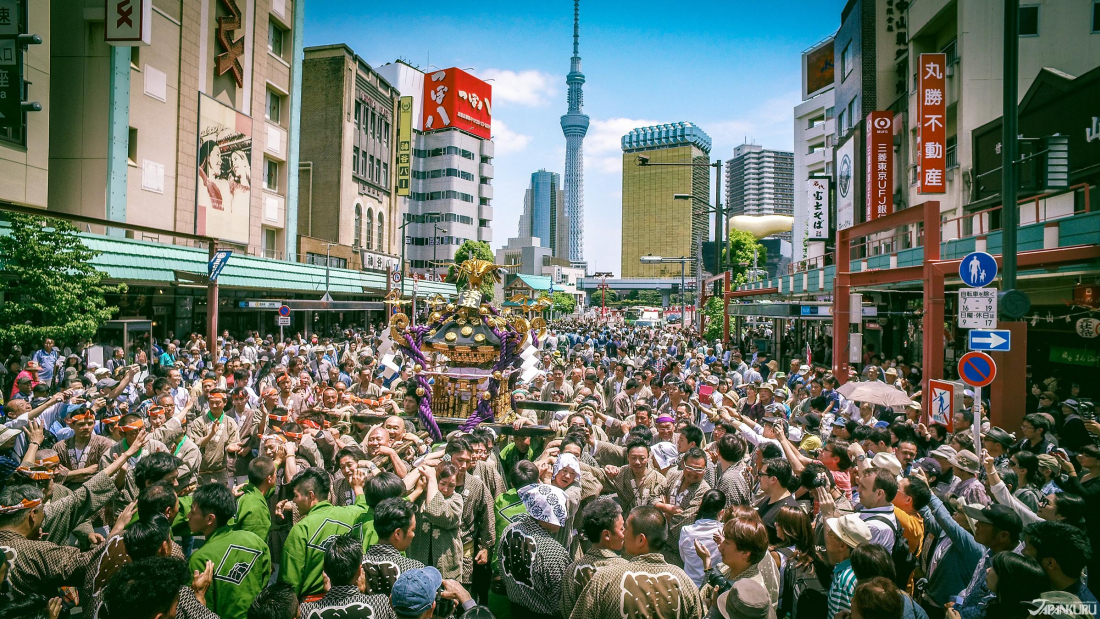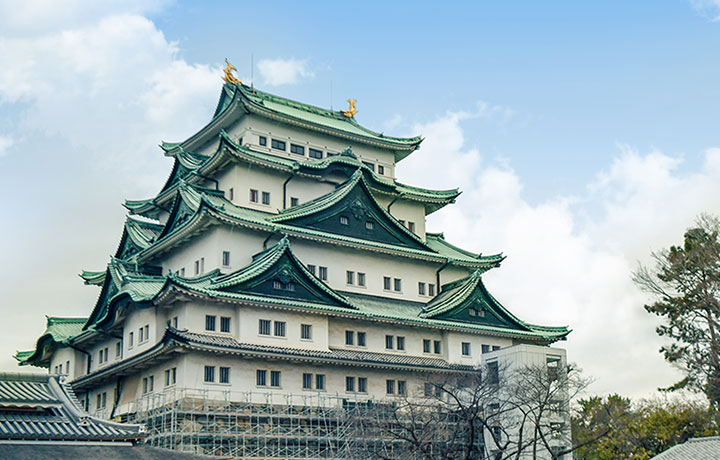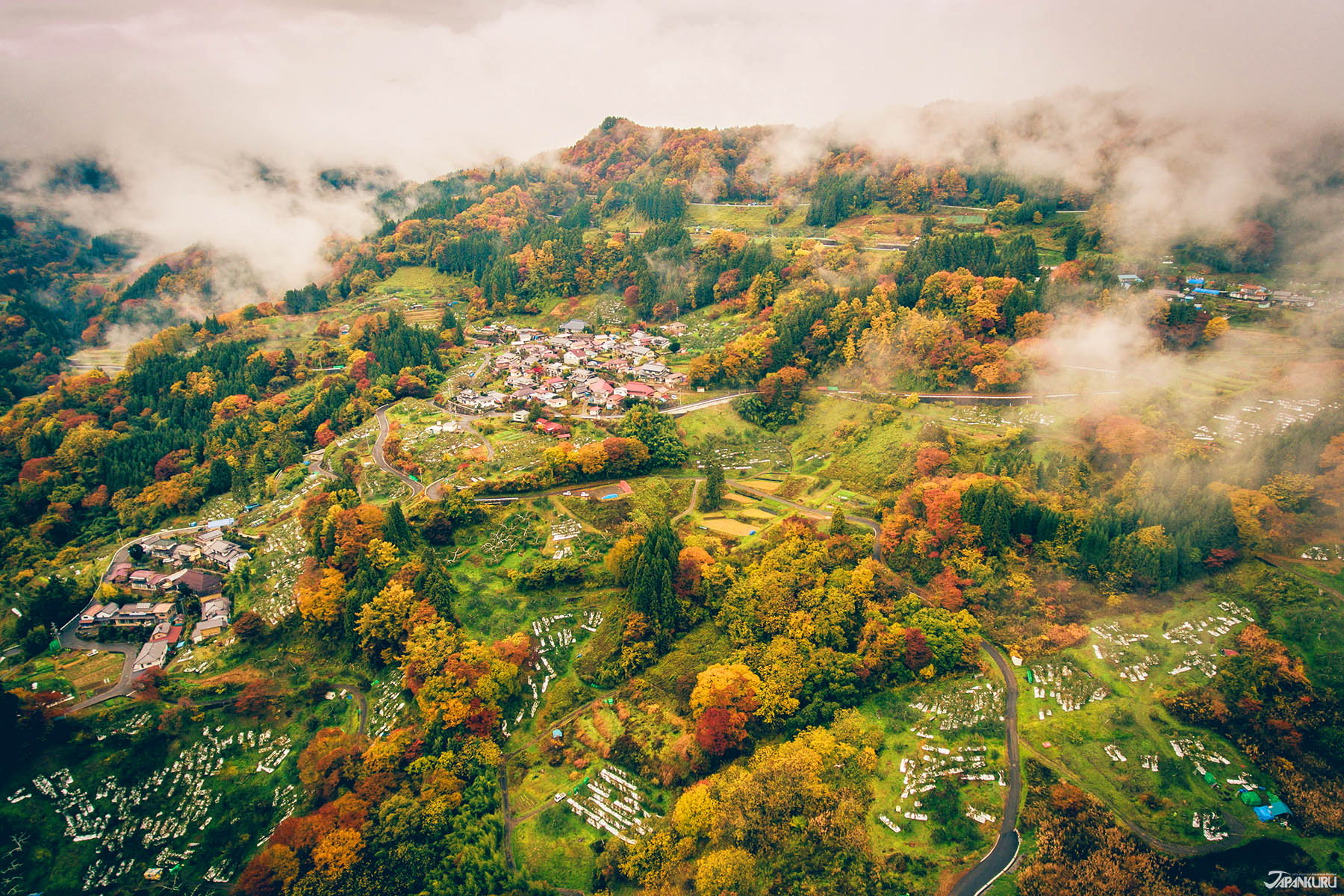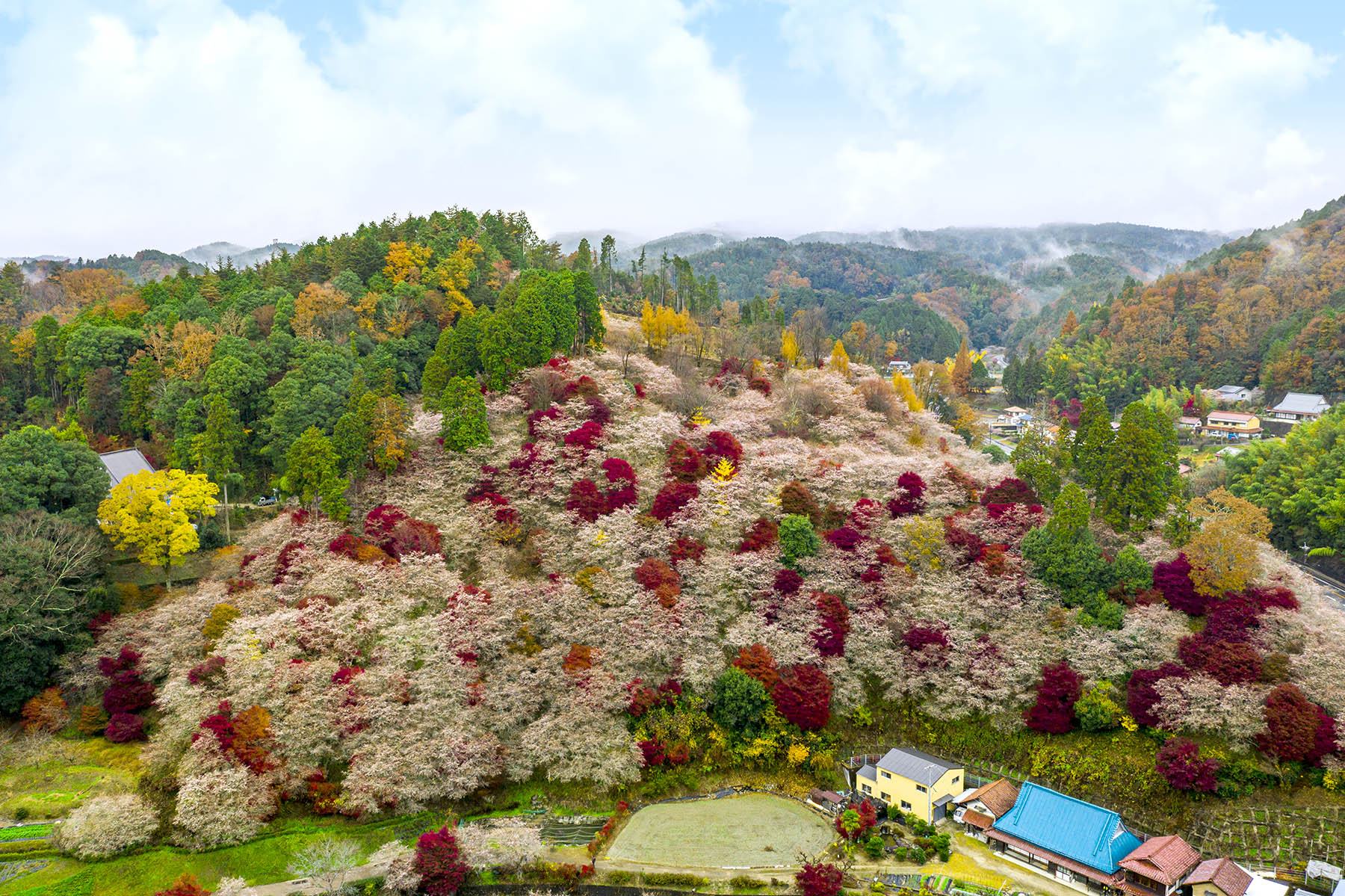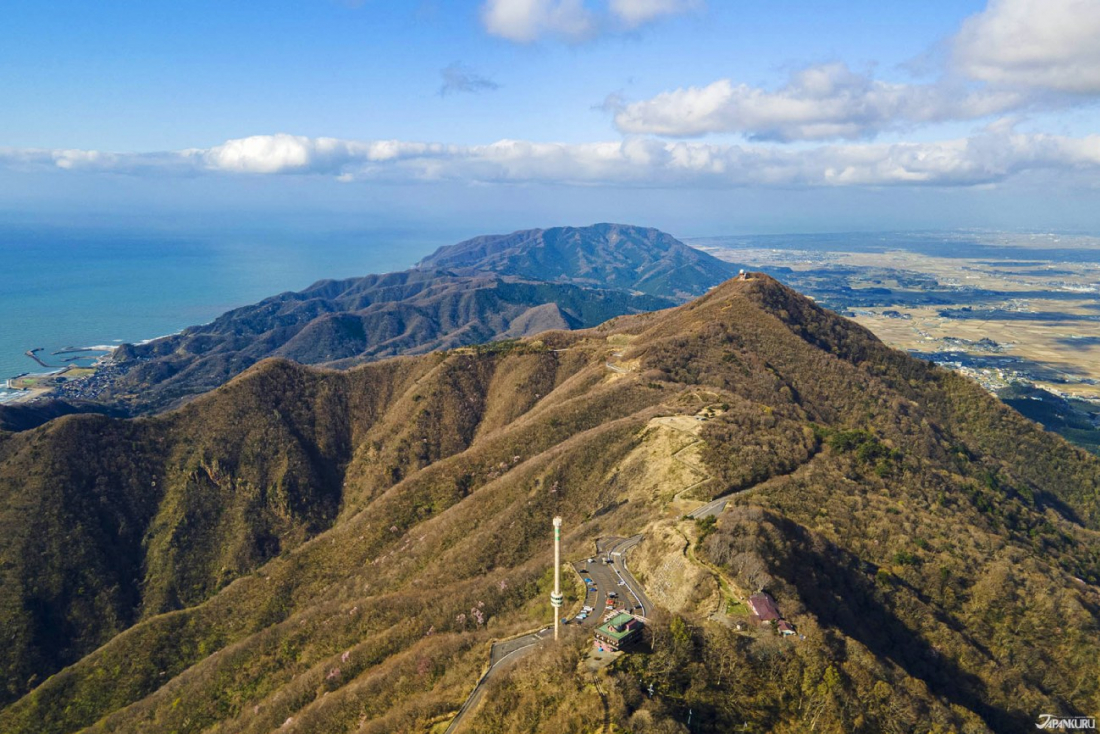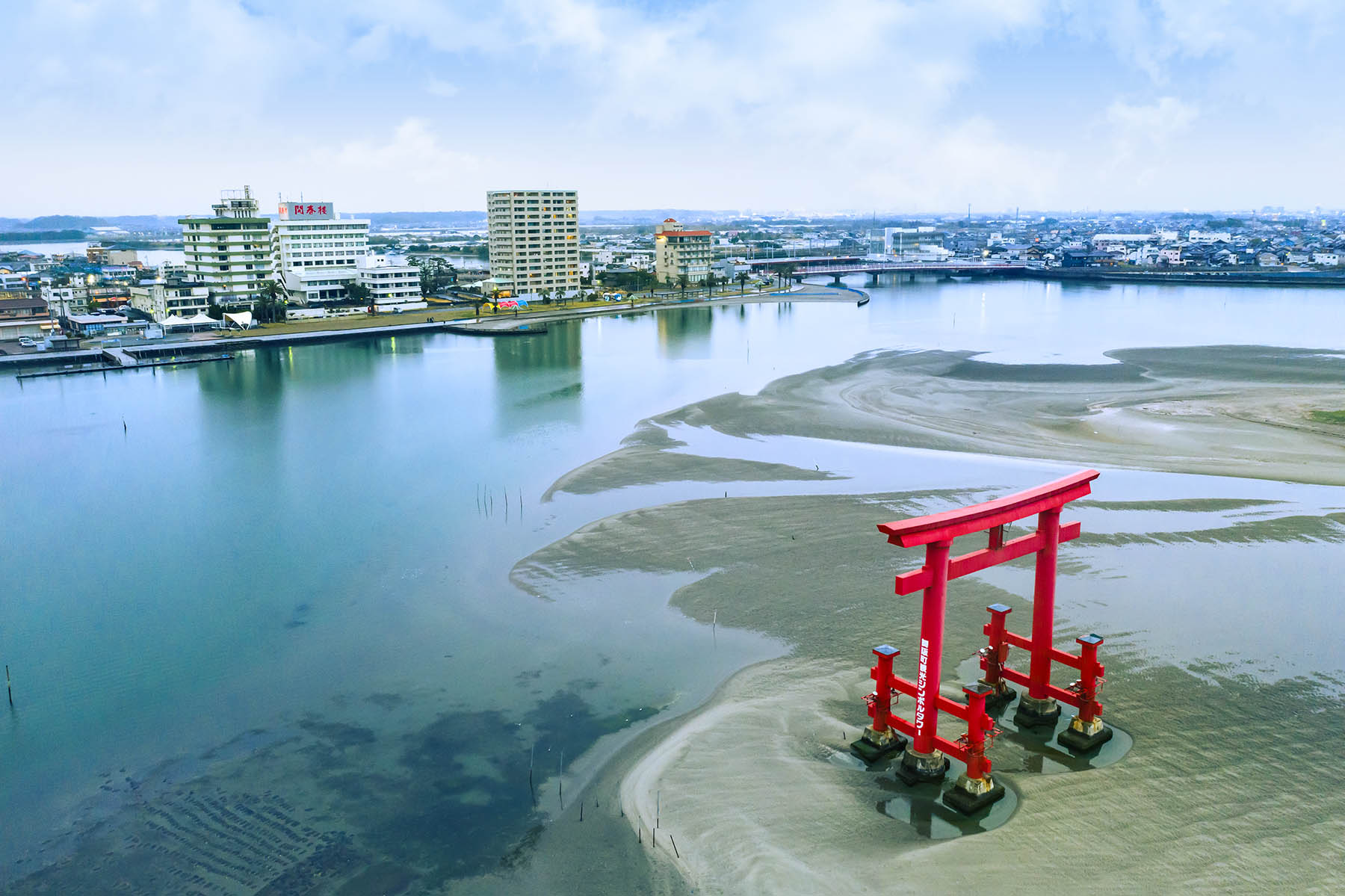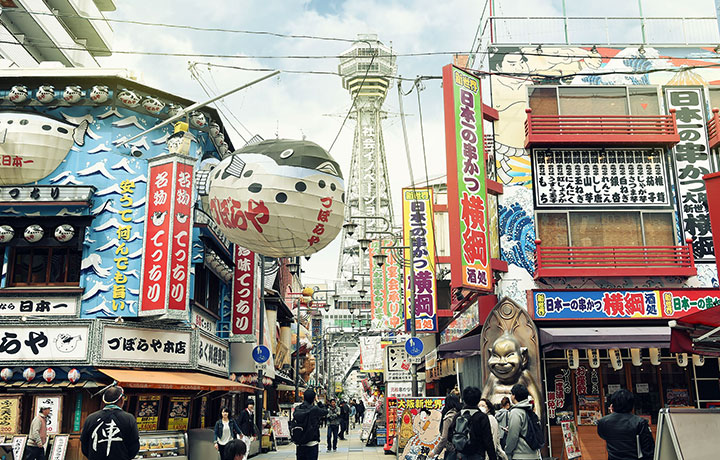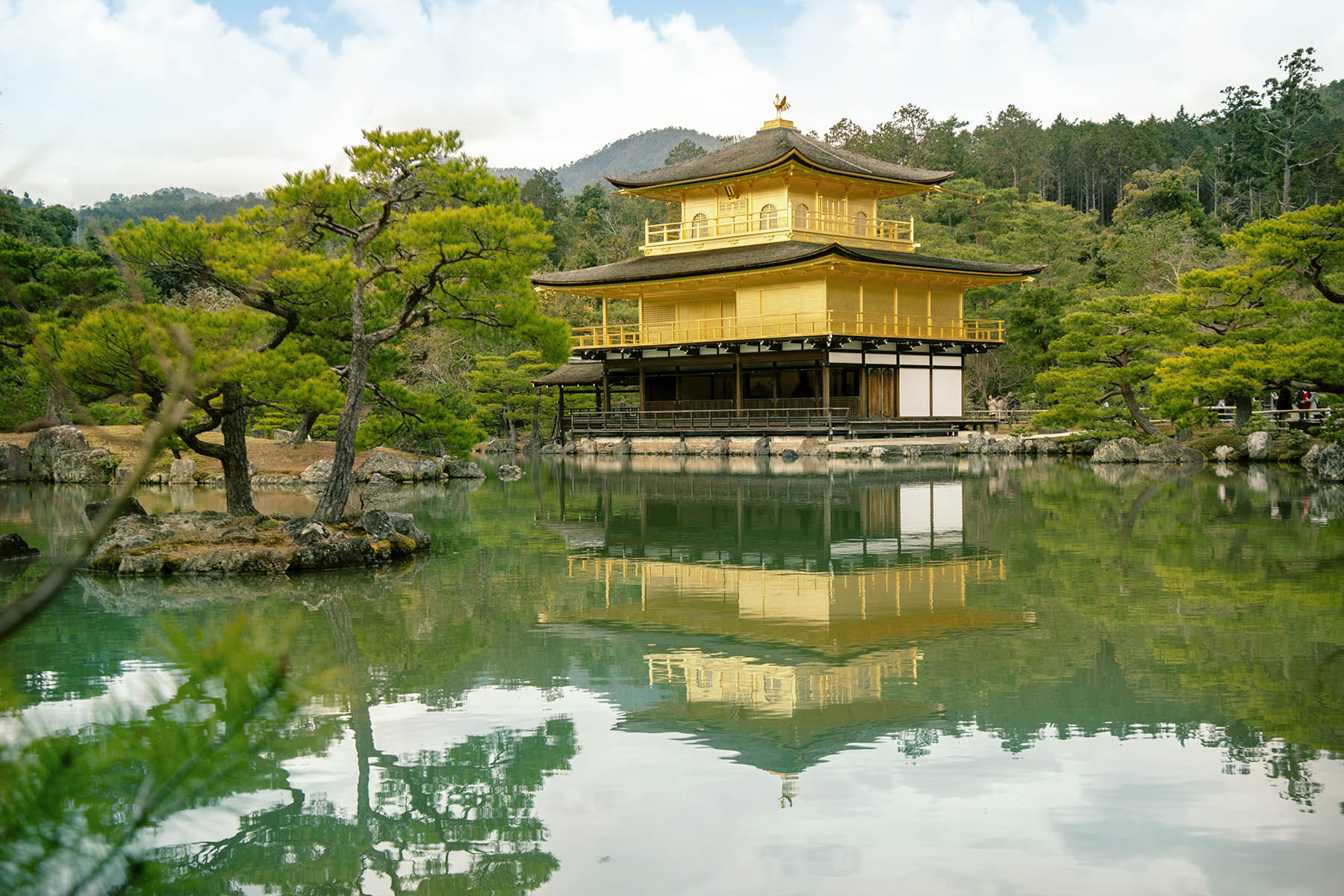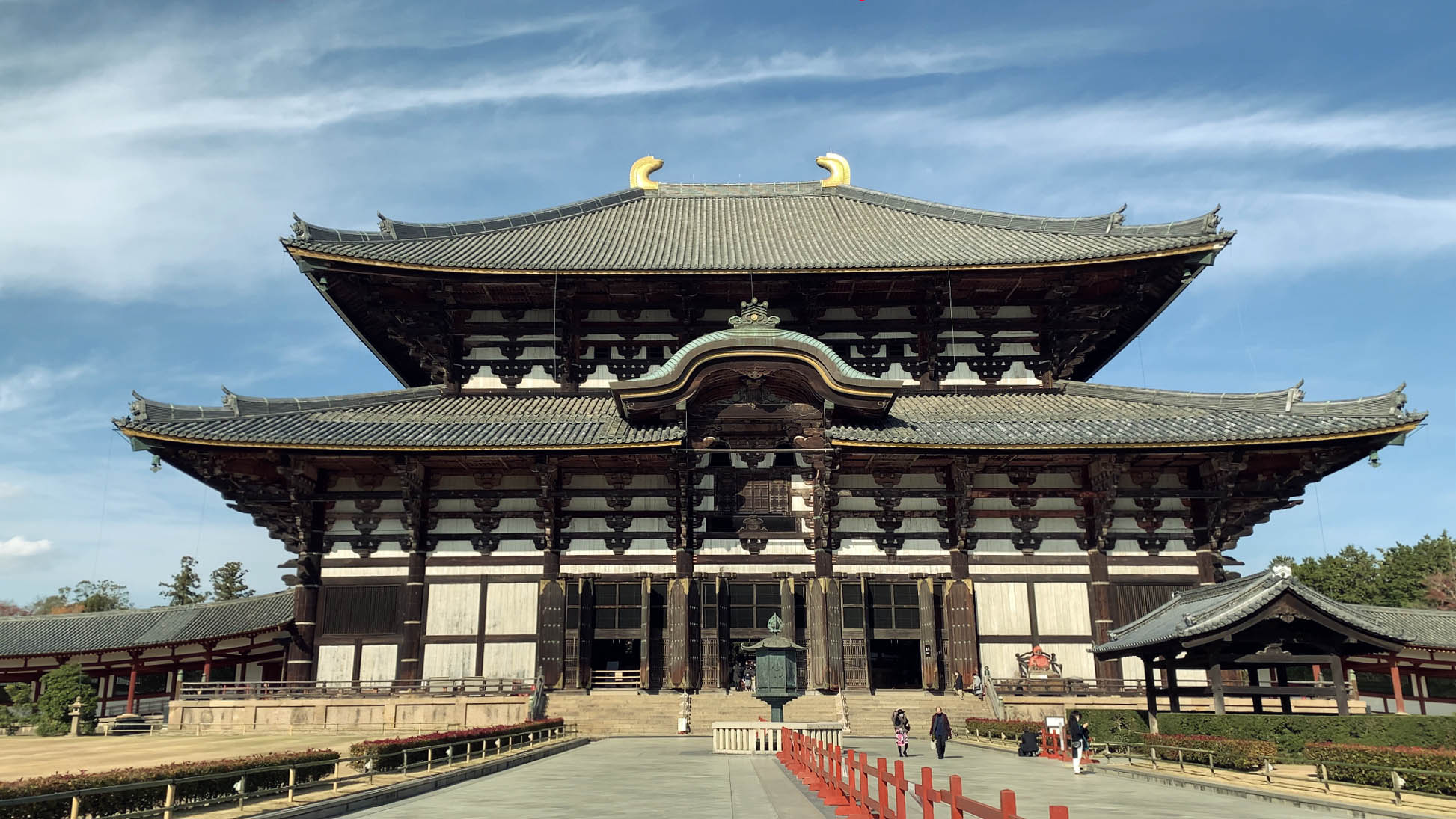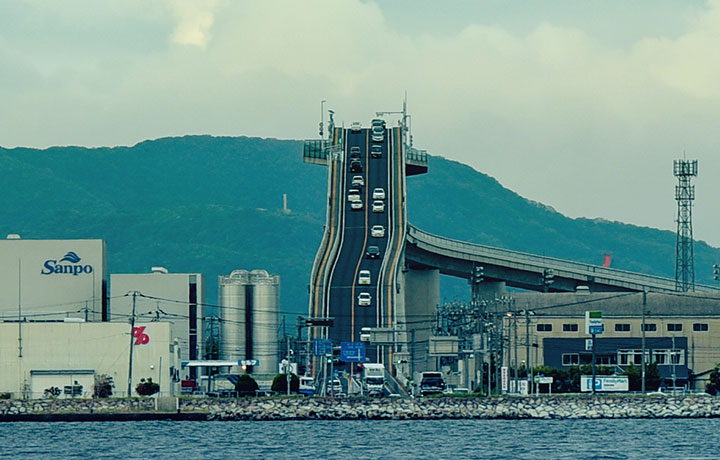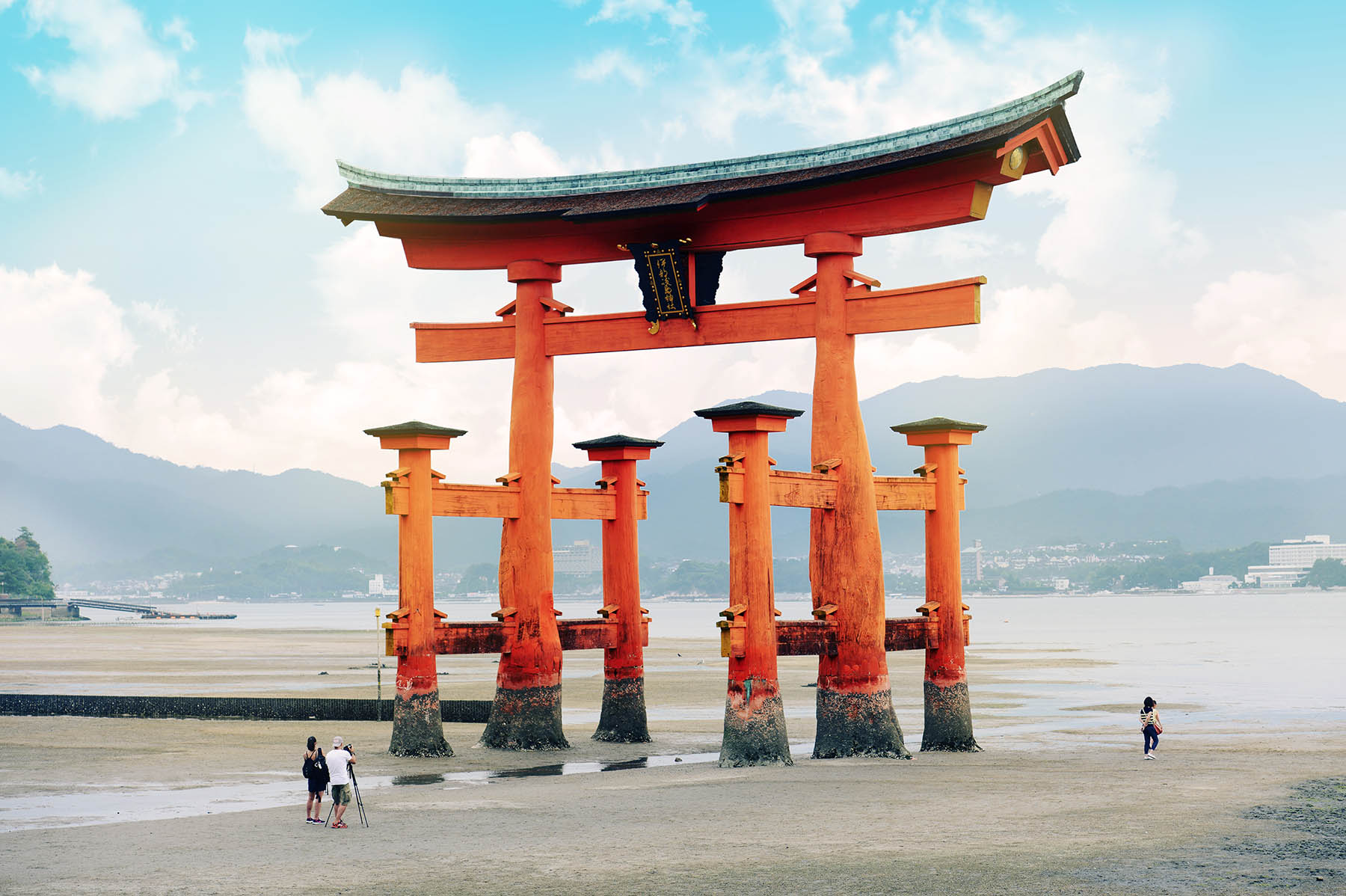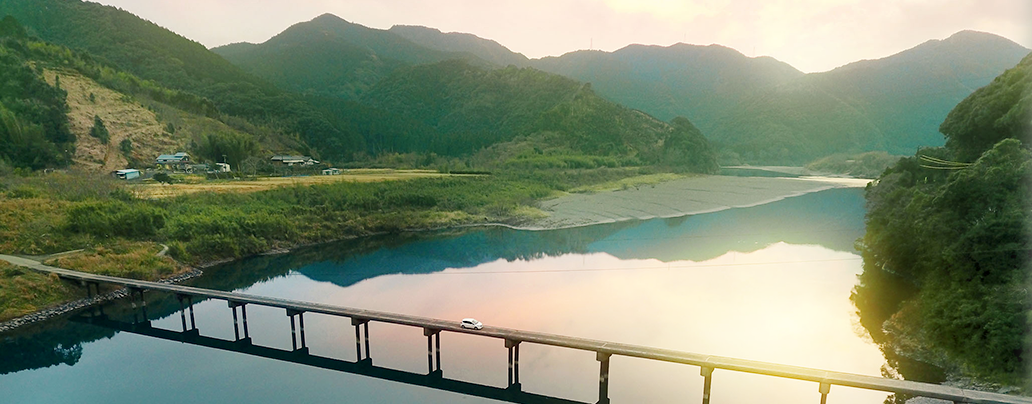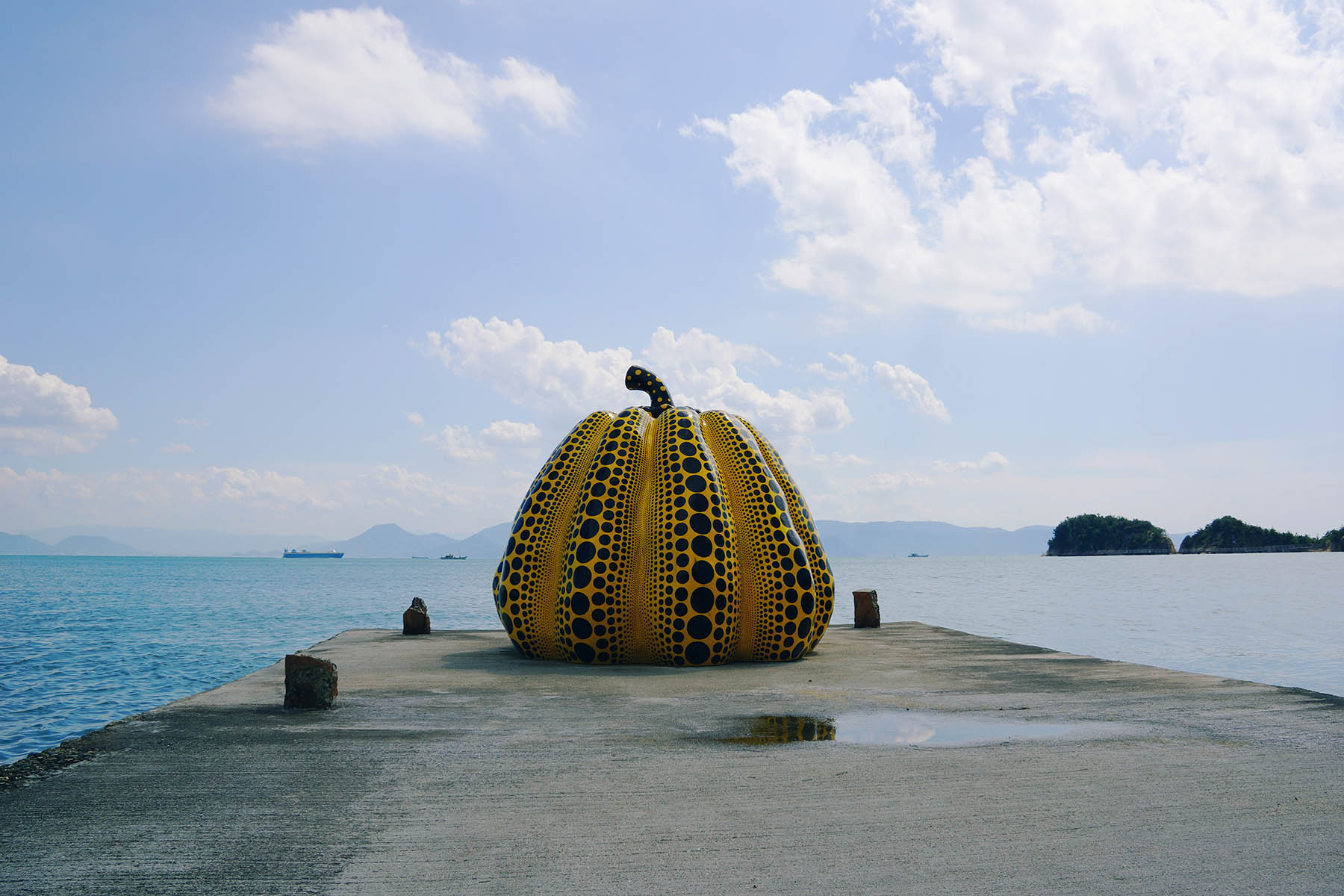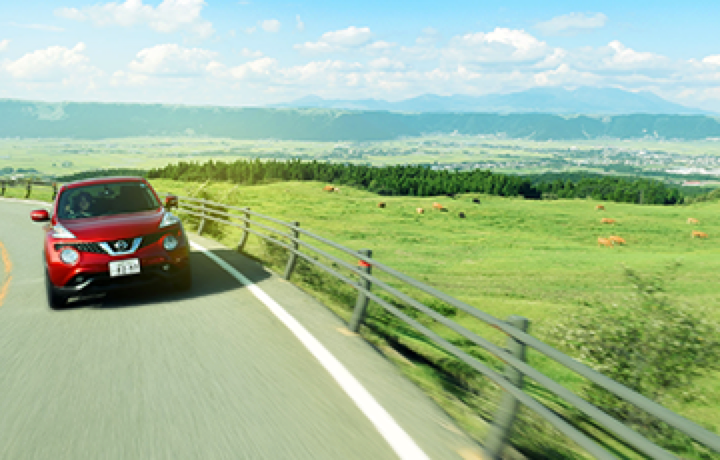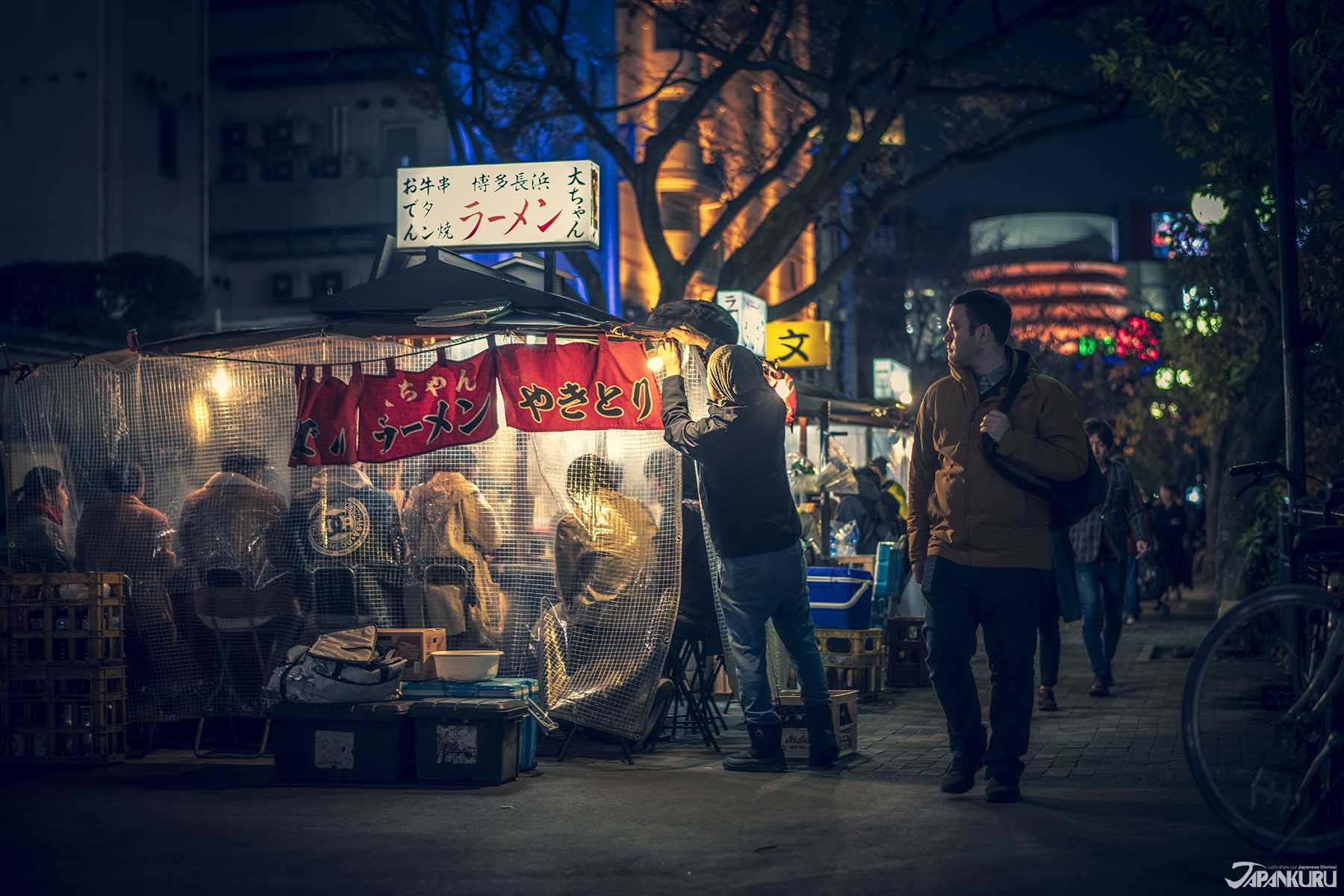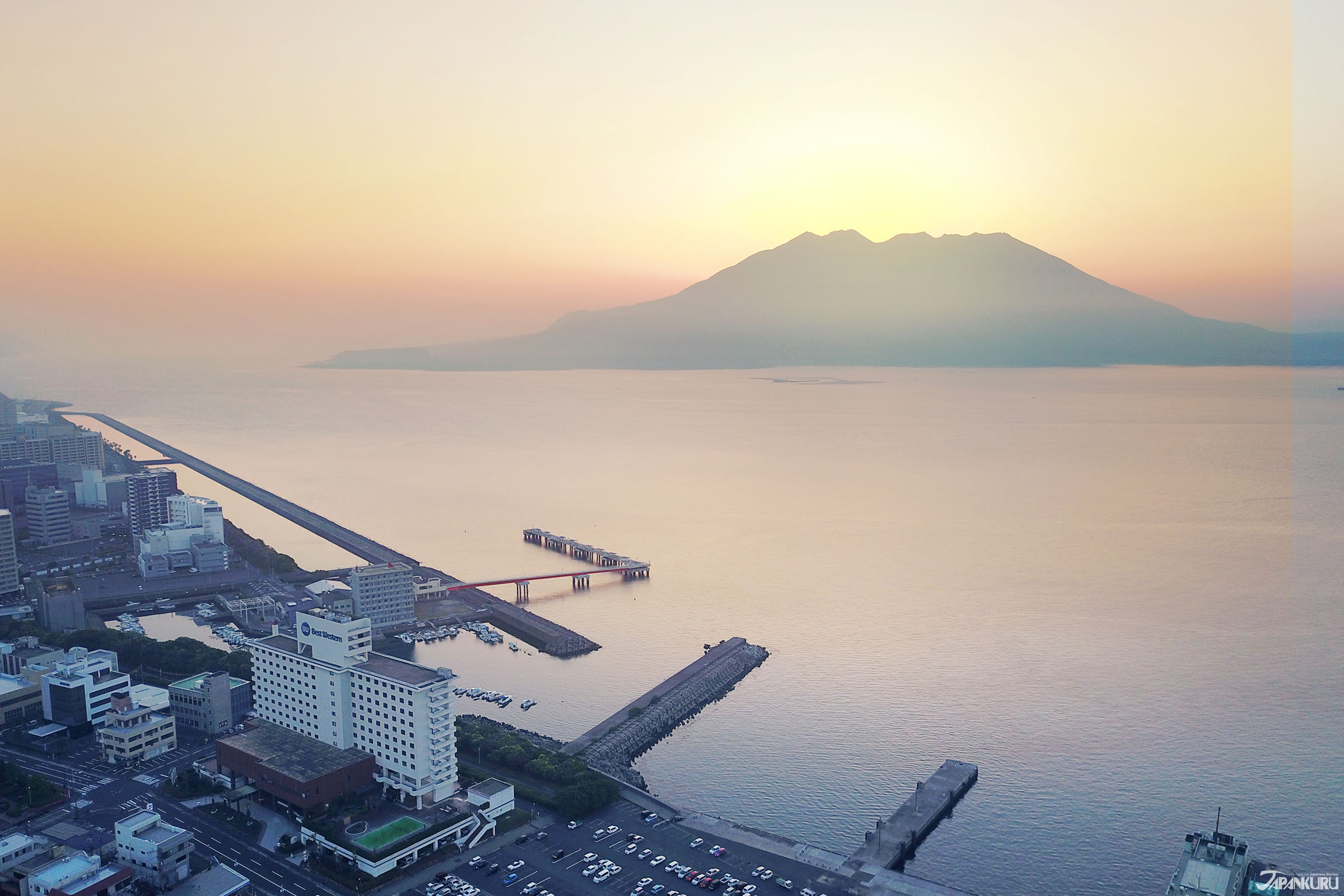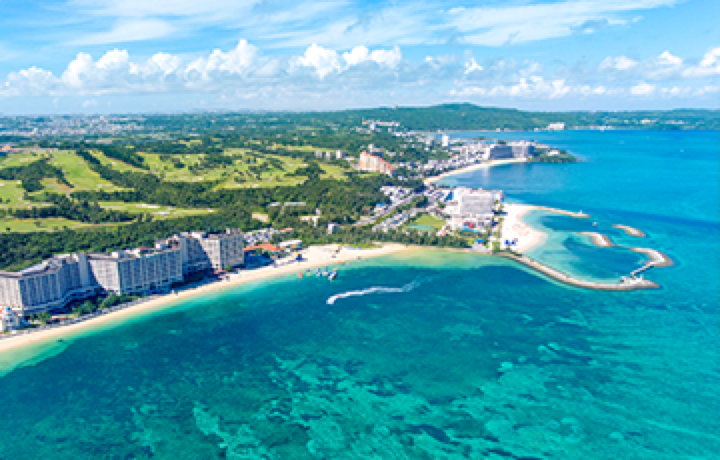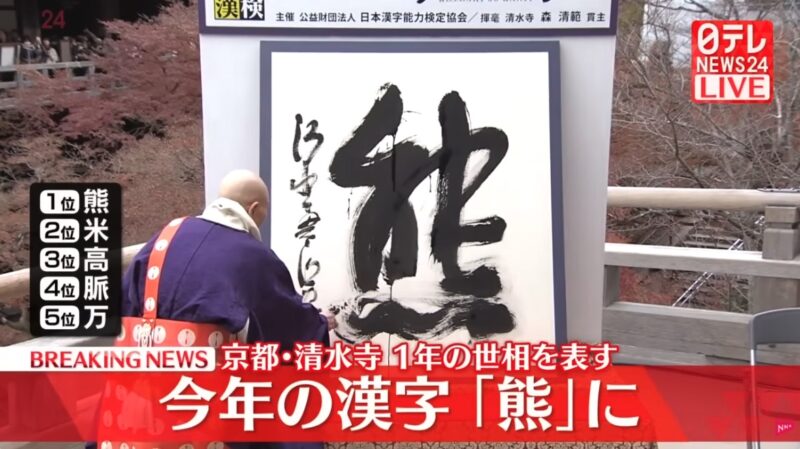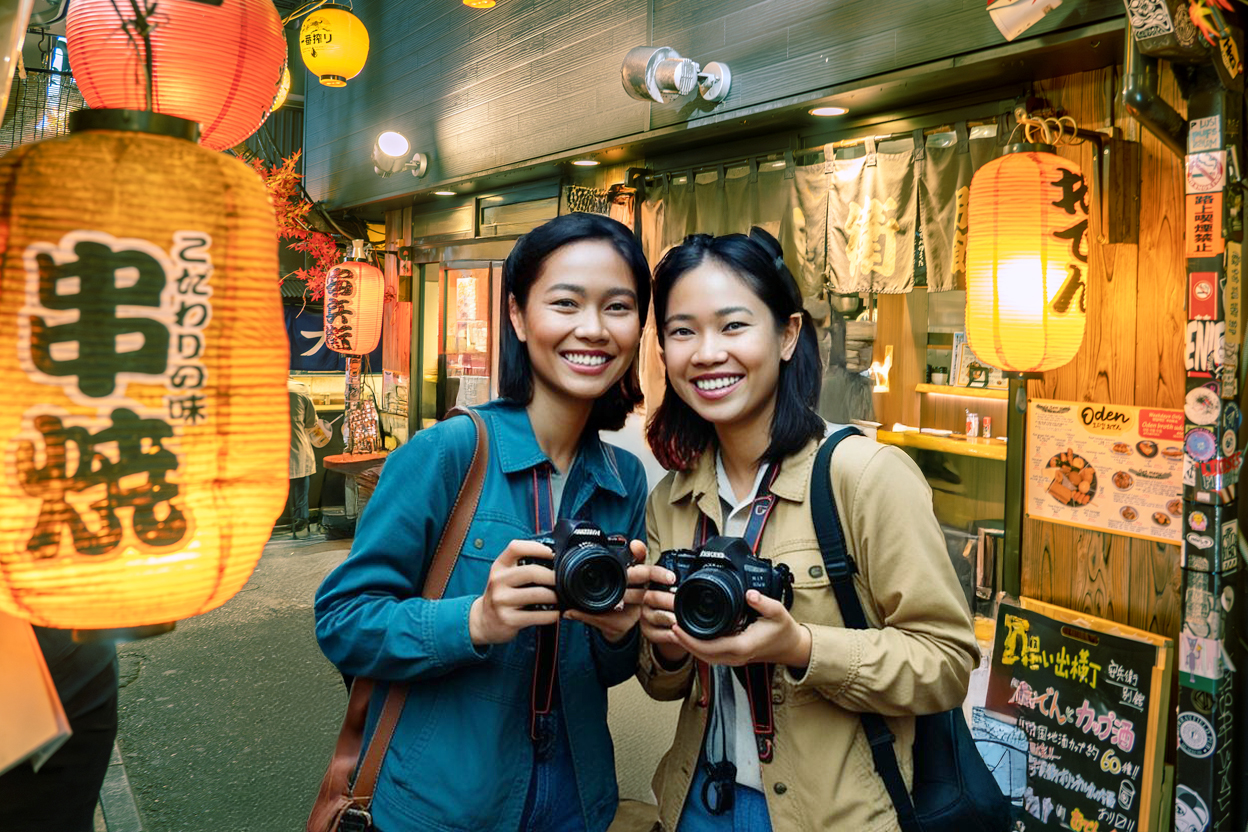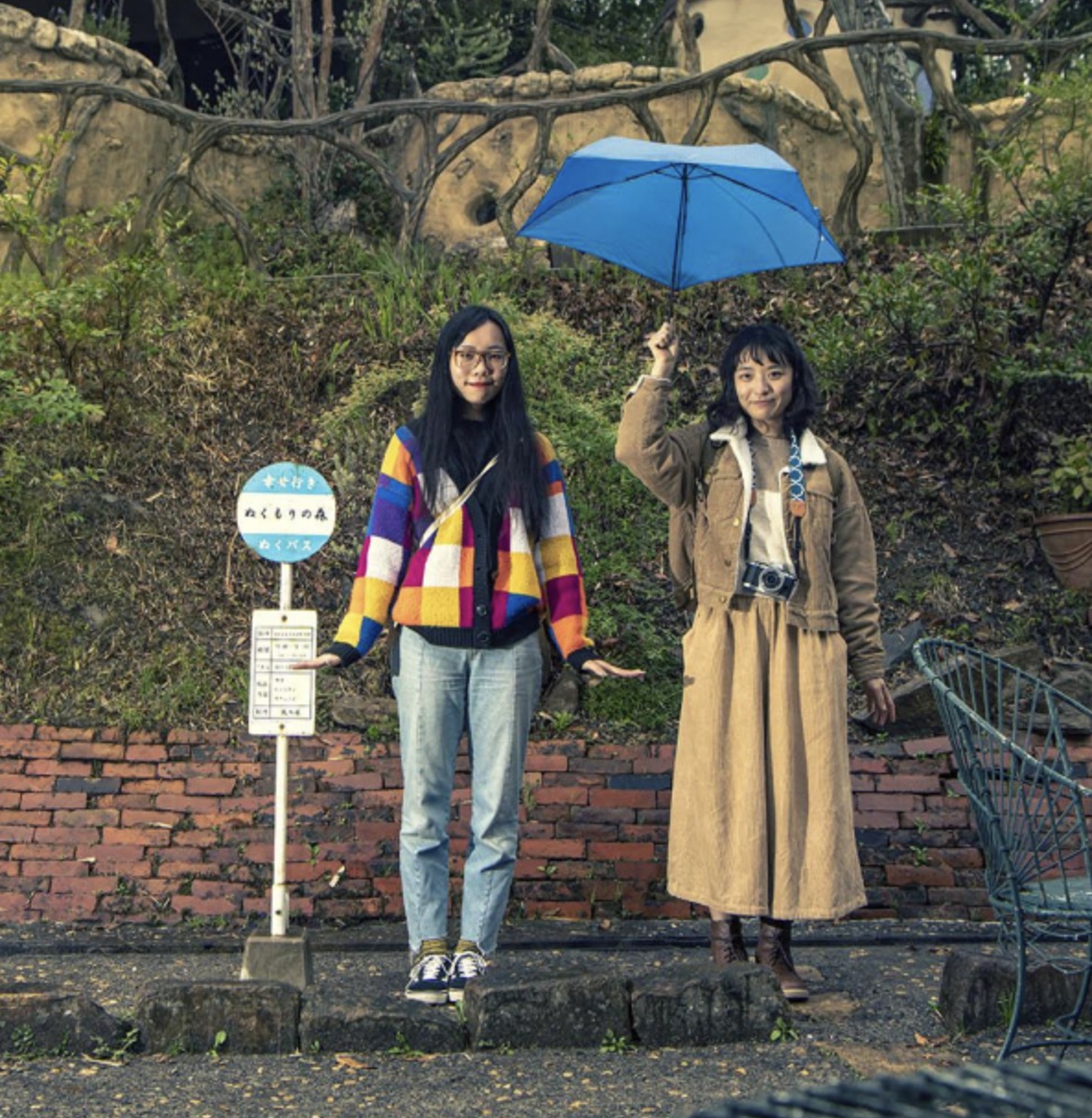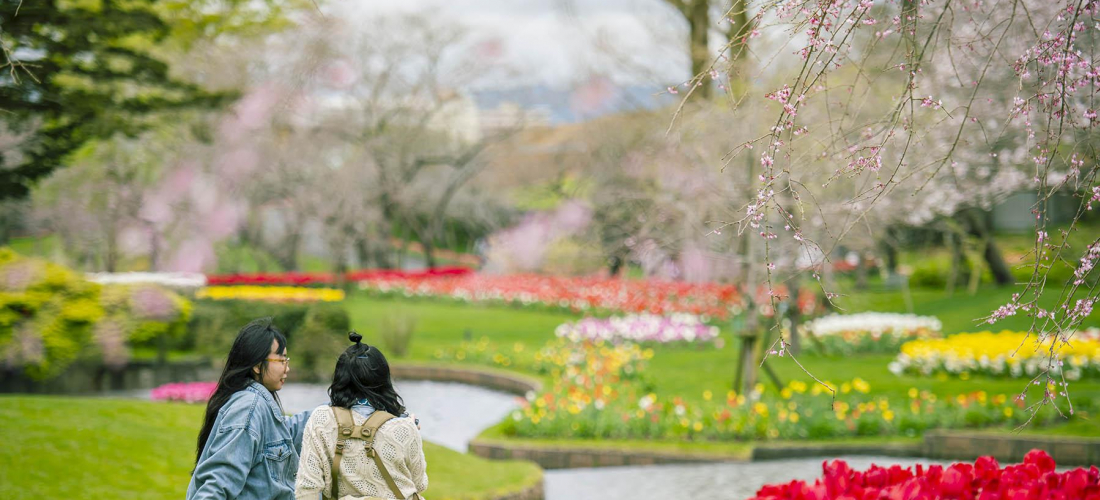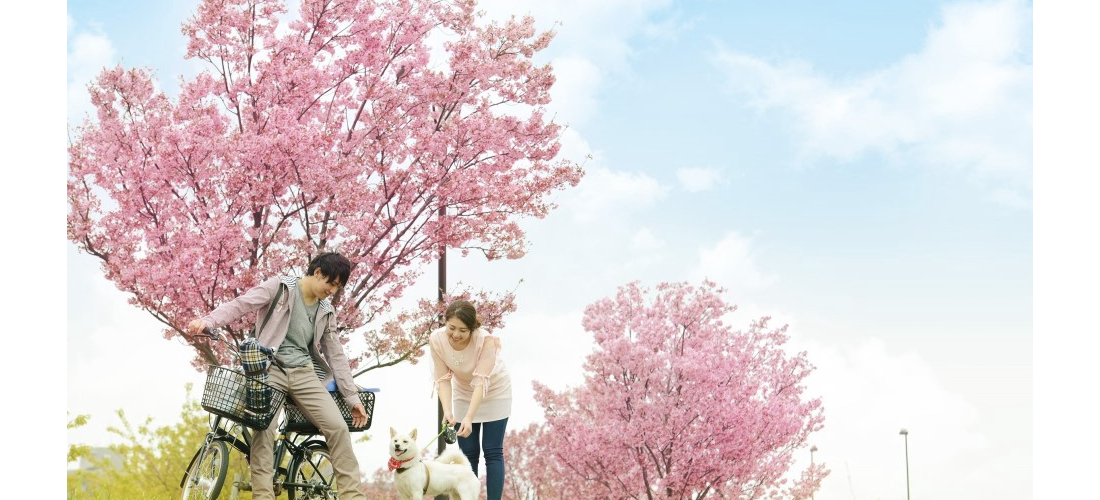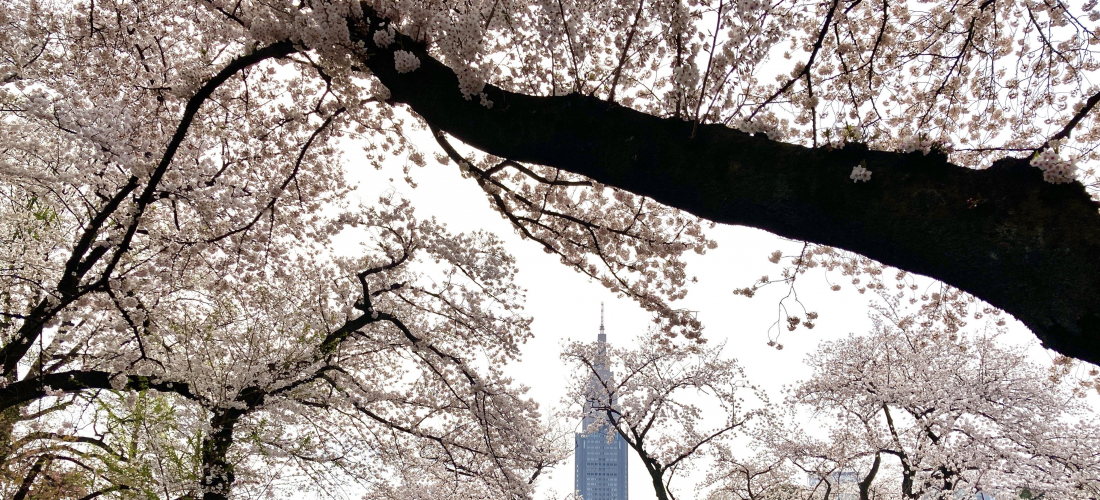CONTENTS
Arriving in Japan before cherry blossom season begins in earnest? Japan’s early spring flowers, from delicate plum blossoms to brilliant tulips, are so beautiful you won’t feel like you’re missing out on anything!
Japan’s Early Spring Blooms
While Japan is world-famous for its breathtaking cherry blossoms, arriving before peak “sakura” season doesn’t mean you have to miss out on the country’s traditional flower-viewing traditions entirely. In fact, Japan’s gardens and parks come alive with vibrant colors well before the cherry trees bloom. From rich pink petals that rival the beauty of sakura to sprawling fields bursting with color, there are plenty of floral spectacles to enjoy from late winter into early spring. Visit during February and March to watch as Japan transforms from winter’s muted tones into a kaleidoscope of flowers!
① Canola Flowers at Narita Dream Farm, Chiba
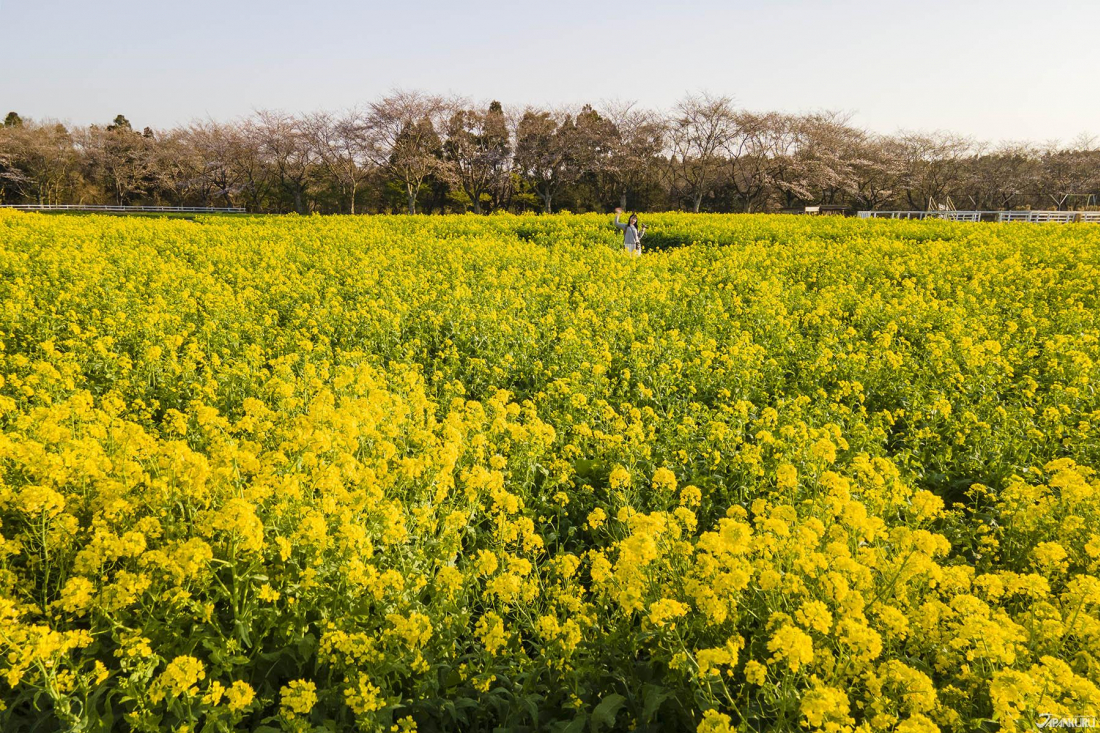
Canola flowers, also known as rapeseed blossoms, are more than just a source of vegetable oil – these versatile plants also create stunning golden fields that brighten up Japan’s landscape from February through May! Unlike cherry blossoms, which bloom fleetingly before their petals drift away, canola flowers remain vibrant for months, making them a reliable floral attraction in the early spring.
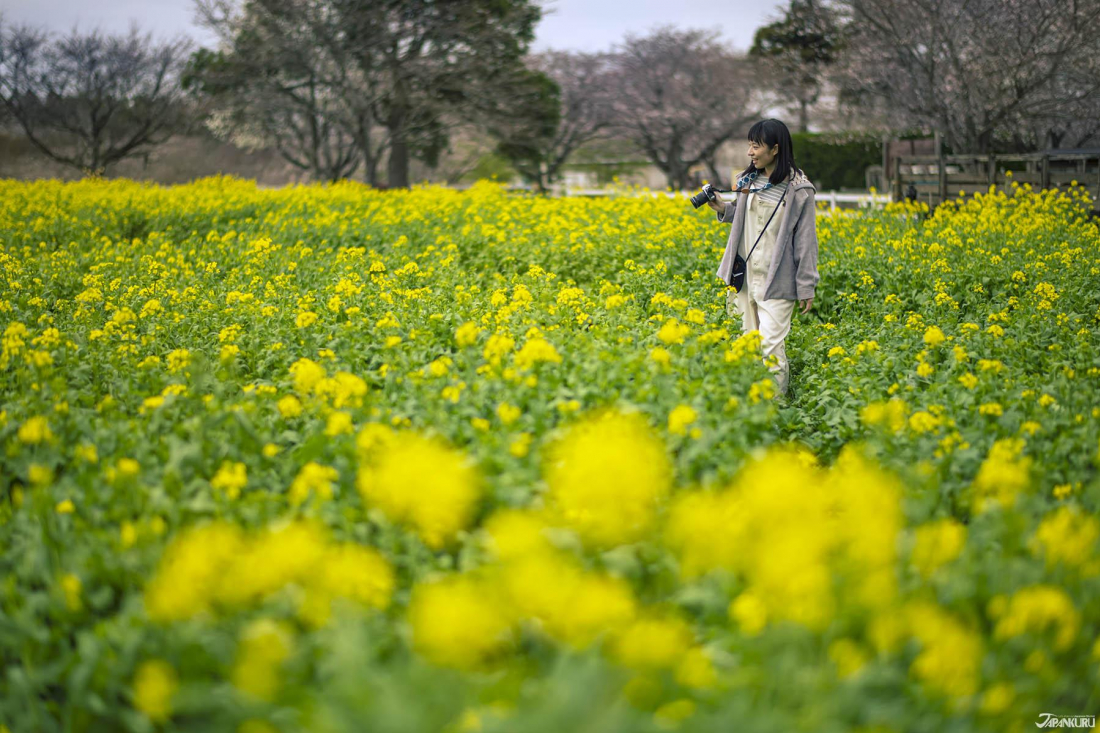
While small patches of canola can be found across Japan, Narita Dream Farm in Chiba is one of the best places to see these yellow blooms on a grand scale. This picturesque farm, located in the same city as Narita International Airport, allows visitors to walk through vast fields of glowing canola blossoms. It’s the perfect spot for anyone who’s ever dreamed of running through fields of flowers like a scene from a movie! As a working dairy farm, Narita Dream Farm also offers a chance to meet cows, sheep, and goats, with delicious fresh milk soft-serve ice cream available on-site.
▷ See more of Narita Dream Farm here!
Narita Dream Farm (成田ゆめ牧場, Narita Yume Bokujo)
730ー3 Nagi, Narita, Chiba
Official Website (jp)
② Plum Blossoms at Kairakuen Garden, Ibaraki
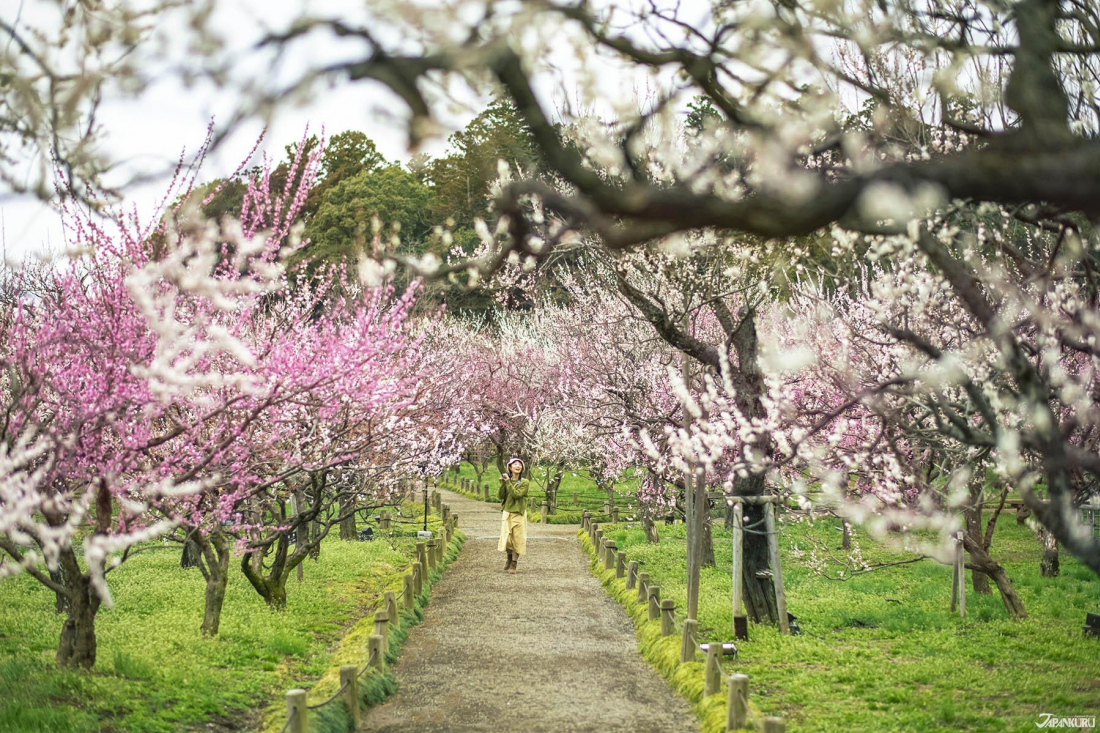
Long before cherry blossoms became Japan’s beloved symbol of springtime, it was the plum blossom that captivated the hearts of the Japanese noble elites. These delicate flowers resemble cherry blossoms to the extent that it can sometimes be hard to tell the two apart without a close study, but plum blossoms appear in a wider spectrum of colors than cherry, from pure white to deep magenta. They also bloom earlier in the season, with buds often appearing as early as January, and lasting through February or even March.
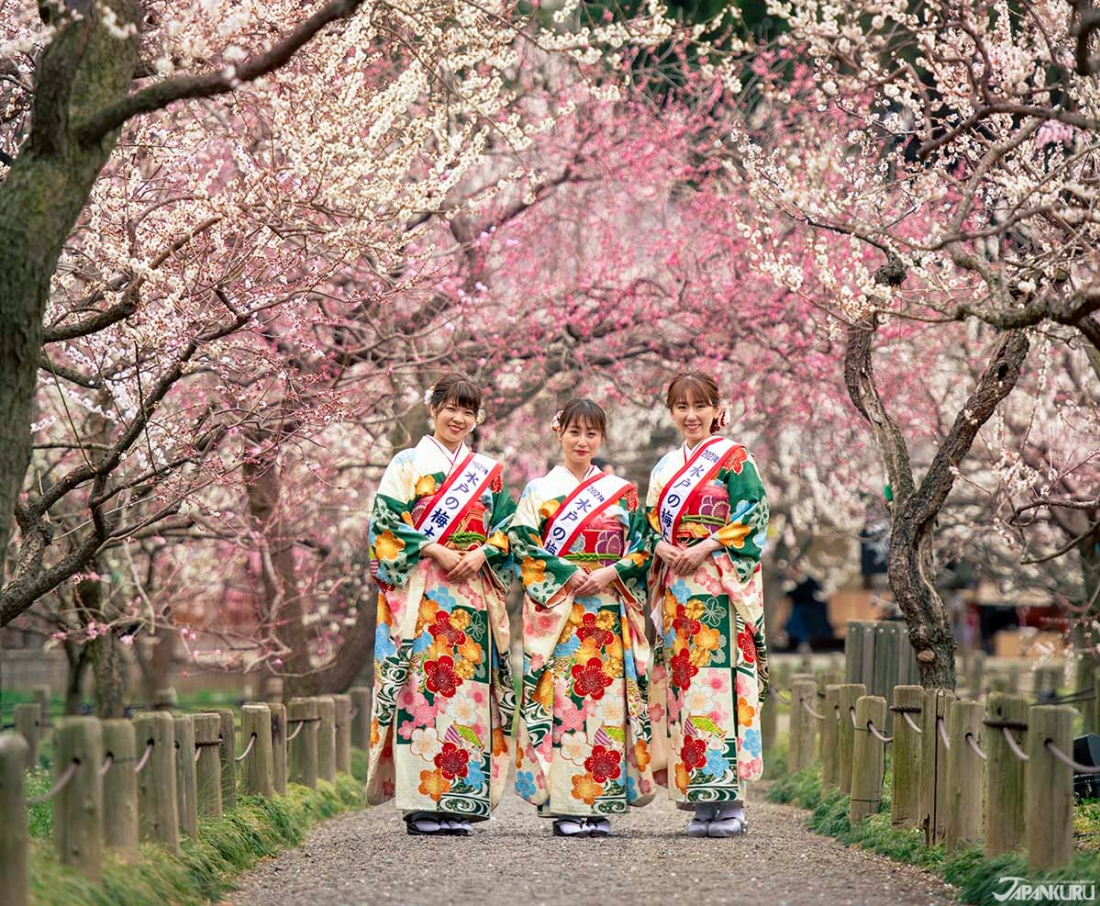
For one of Japan’s most impressive displays of plum blossoms, visit Kairakuen Garden in Mito, Ibaraki. Recognized as one of Japan’s “Three Great Gardens,” this historic site boasts an astonishing 3,000 plum trees in more than 100 varieties. Thanks to the staggered blooming periods of different species, visitors can enjoy waves of new blooms throughout the end of winter and early spring. Many travelers time their visit to the park to coincide with the Mito Plum Blossom Festival, where food stalls sell plum-infused treats and umeshu (Japanese plum wine) to enhance the experience.
Kairakuen Garden (偕楽園)
1-2 Tokiwacho, Mito, Ibaraki
Mito Plum Blossom Festival 2023: February 11 ~ March 19
Official Website (jp)
③ Tulips and More at Hamamatsu Flower Park, Shizuoka
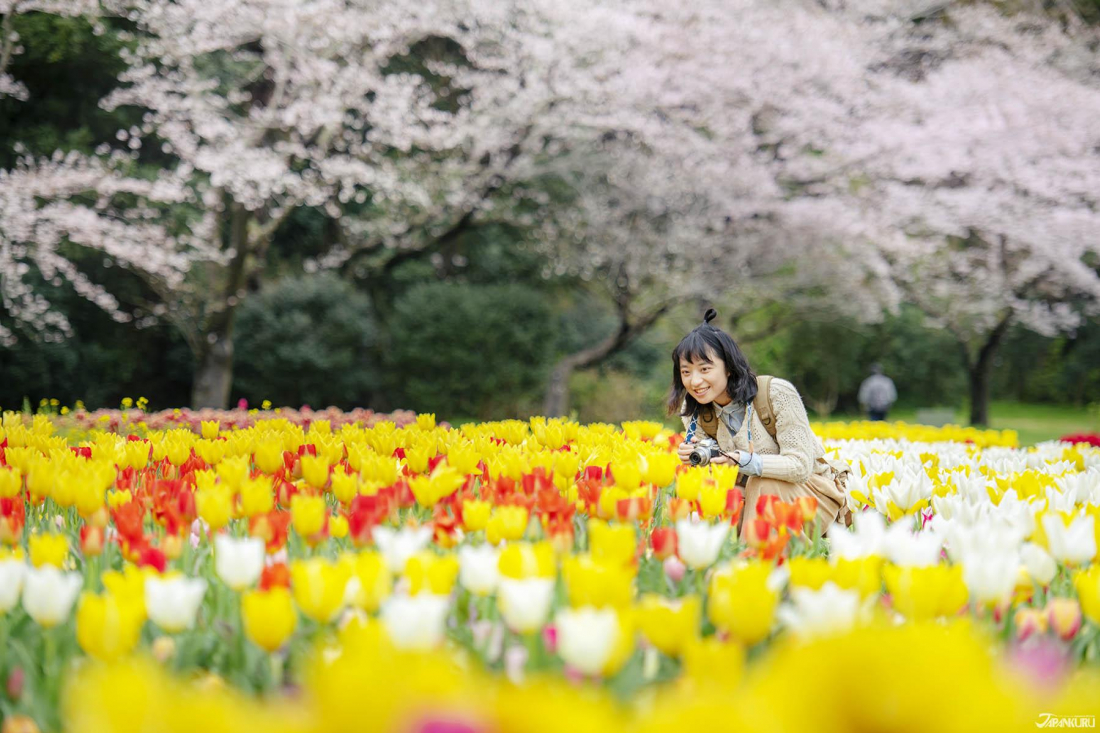
Although tulips are often associated with the Netherlands, Japan has embraced these vibrant flowers, creating spectacular gardens filled with every color imaginable. While tulips were first introduced to Japan during the late Edo period (1603–1868), it took time for them to gain popularity. Today, however, they are a beloved feature of many Japanese gardens, with fields of red, yellow, pink, and purple tulips signaling the arrival of warmer days.
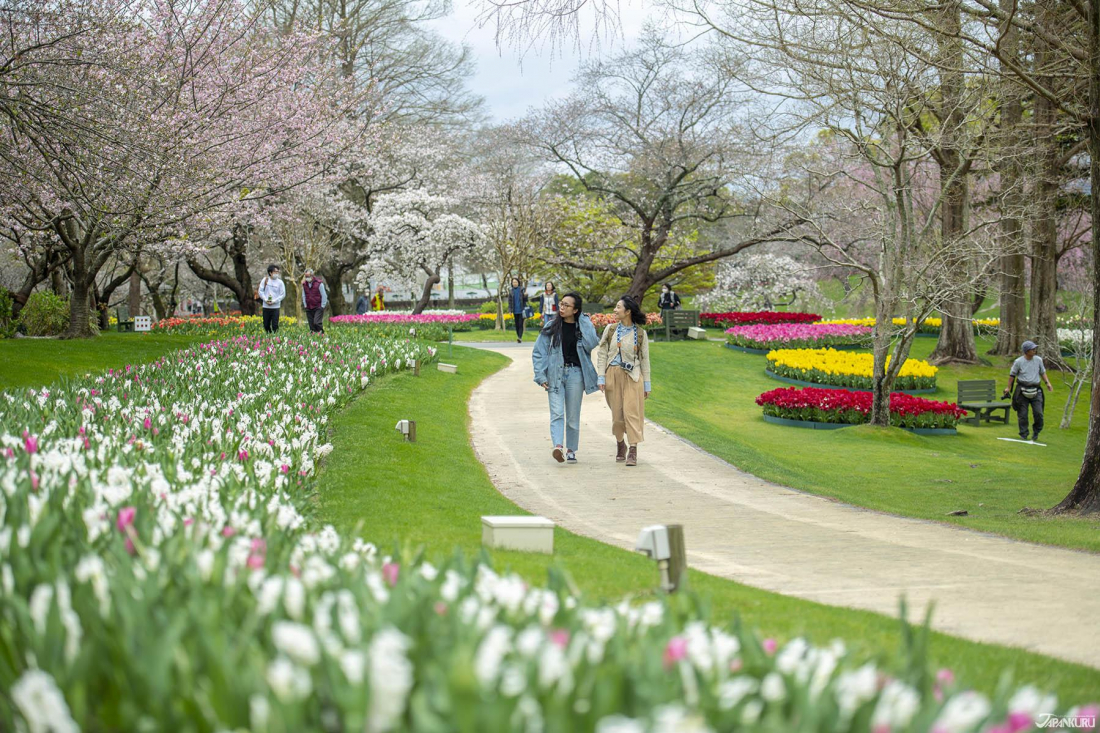
For an unforgettable tulip display, visit Hamamatsu Flower Park in Shizuoka Prefecture. This botanical paradise features not only expansive tulip fields but also daffodils, camellias, and a vast greenhouse showcasing rare black irises. If you’re lucky, you might even catch some of the park’s early-blooming cherry blossoms! The Lake Hamana Flower Festival is the perfect excuse to visit, offering a chance to experience a dazzling array of seasonal flowers throughout the park’s beautifully curated landscapes.
▷ See more of Hamamatsu Flower Park here!
Hamamatsu Flower Park (はままつフラワーパーク)
195 Kanzanjicho, Nishi Ward, Hamamatsu, Shizuoka
Lake Hamana Flower Festival 2023: March 21 ~ June 11
Official Website (jp)
Experience Japan’s Early Flower Viewing

With so many stunning flower varieties coming into bloom even before sakura season, there’s no need to wait until April to experience the beautiful flowers of Japan. Whether you choose to stroll through the plum groves, wander through golden fields of canola, or admire vibrant tulips, these breathtaking spots will make your early spring visit just as magical. So step outside and soak in the colors of Japan’s transition from winter to spring – the flowers are waiting!
For more info and updates from Japan, check Japankuru for new articles, and don’t forget to follow us on X (Twitter), Instagram, and Facebook!
Details
NAME:Flower Viewing (花見)
Half a lifetime ago I came to Japan for a semester abroad... and I never left. I guess I really like the place! I spent my first few years in Japan living in the middle of nowhere, so I'd love to hear your Tokyo recommendations via Japankuru's social media accounts!
COMMENT
FEATURED MEDIA
VIEW MORE 
A New Tokyo Animal Destination: Relax & Learn About the World’s Animals in Japan
#pr #japankuru #anitouch #anitouchtokyodome #capybara #capybaracafe #animalcafe #tokyotrip #japantrip #카피바라 #애니터치 #아이와가볼만한곳 #도쿄여행 #가족여행 #東京旅遊 #東京親子景點 #日本動物互動體驗 #水豚泡澡 #東京巨蛋城 #เที่ยวญี่ปุ่น2025 #ที่เที่ยวครอบครัว #สวนสัตว์ในร่ม #TokyoDomeCity #anitouchtokyodome

Shohei Ohtani Collab Developed Products & Other Japanese Drugstore Recommendations From Kowa
#pr #japankuru
#kowa #syncronkowa #japanshopping #preworkout #postworkout #tokyoshopping #japantrip #일본쇼핑 #일본이온음료 #오타니 #오타니쇼헤이 #코와 #興和 #日本必買 #日本旅遊 #運動補充能量 #運動飲品 #ช้อปปิ้งญี่ปุ่น #เครื่องดื่มออกกำลังกาย #นักกีฬา #ผลิตภัณฑ์ญี่ปุ่น #อาหารเสริมญี่ปุ่น

도쿄 근교 당일치기 여행 추천! 작은 에도라 불리는 ‘가와고에’
세이부 ‘가와고에 패스(디지털)’ 하나면 편리하게 이동 + 가성비까지 완벽하게! 필름카메라 감성 가득한 레트로 거리 길거리 먹방부터 귀여움 끝판왕 핫플&포토 스폿까지 총집합!
Looking for day trips from Tokyo? Try Kawagoe, AKA Little Edo!
Use the SEIBU KAWAGOE PASS (Digital) for easy, affordable transportation!
Check out the historic streets of Kawagoe for some great street food and plenty of picturesque retro photo ops.
#pr #japankuru #도쿄근교여행 #가와고에 #가와고에패스 #세이부패스 #기모노체험 #가와고에여행 #도쿄여행코스 #도쿄근교당일치기 #세이부가와고에패스
#tokyotrip #kawagoe #tokyodaytrip #seibukawagoepass #kimono #japantrip

Hirakata Park, Osaka: Enjoy the Classic Japanese Theme Park Experience!
#pr #japankuru #hirakatapark #amusementpark #japantrip #osakatrip #familytrip #rollercoaster #retrôvibes #枚方公園 #大阪旅遊 #關西私房景點 #日本親子旅行 #日本遊樂園 #木造雲霄飛車 #히라카타파크 #สวนสนุกฮิราคาตะพาร์ค

🍵Love Matcha? Upgrade Your Matcha Experience With Tsujiri!
・160년 전통 일본 말차 브랜드 츠지리에서 말차 덕후들이 픽한 인기템만 골라봤어요
・抹茶控的天堂!甜點、餅乾、飲品一次滿足,連伴手禮都幫你列好清單了
・ส่องมัทฉะสุดฮิต พร้อมพาเที่ยวร้านดังในอุจิ เกียวโต
#pr #japankuru #matcha #matchalover #uji #kyoto #japantrip #ujimatcha #matchalatte #matchasweets #tsujiri #말차 #말차덕후 #츠지리 #교토여행 #말차라떼 #辻利抹茶 #抹茶控 #日本抹茶 #宇治 #宇治抹茶 #日本伴手禮 #抹茶拿鐵 #抹茶甜點 #มัทฉะ #ของฝากญี่ปุ่น #ชาเขียวญี่ปุ่น #ซึจิริ #เกียวโต

・What Is Nenaito? And How Does This Sleep Care Supplement Work?
・你的睡眠保健品——認識「睡眠茶氨酸錠」
・수면 케어 서플리먼트 ‘네나이토’란?
・ผลิตภัณฑ์เสริมอาหารดูแลการนอน “Nenaito(ネナイト)” คืออะไร?
#pr #japankuru #sleepcare #japanshopping #nenaito #sleepsupplement #asahi #睡眠茶氨酸錠 #睡眠保健 #朝日 #l茶胺酸 #日本藥妝 #日本必買 #일본쇼핑 #수면 #건강하자 #네나이토 #일본영양제 #อาหารเสริมญี่ปุ่น #ช้อปปิ้งญี่ปุ่น #ร้านขายยาญี่ปุ่น #ดูแลตัวเองก่อนนอน #อาซาฮิ

Japanese Drugstore Must-Buys! Essential Items from Hisamitsu® Pharmaceutical
#PR #japankuru #hisamitsu #salonpas #feitas #hisamitsupharmaceutical #japanshopping #tokyoshopping #traveltips #japanhaul #japantrip #japantravel

Whether you grew up with Dragon Ball or you just fell in love with Dragon Ball DAIMA, you'll like the newest JINS collab. Shop this limited-edition Dragon Ball accessory collection to find some of the best Dragon Ball merchandise in Japan!
>> Find out more at Japankuru.com! (link in bio)
#japankuru #dragonball #dragonballdaima #animecollab #japanshopping #jins #japaneseglasses #japantravel #animemerch #pr

This month, Japankuru teamed up with @official_korekoko to invite three influencers (originally from Thailand, China, and Taiwan) on a trip to Yokohama. Check out the article (in Chinese) on Japankuru.com for all of their travel tips and photography hints - and look forward to more cool collaborations coming soon!
【橫濱夜散策 x 教你怎麼拍出網美照 📸✨】
每次來日本玩,是不是都會先找旅日網紅的推薦清單?
這次,我們邀請擁有日本豐富旅遊經驗的🇹🇭泰國、🇨🇳中國、🇹🇼台灣網紅,帶你走進夜晚的橫濱!從玩樂路線到拍照技巧,教你怎麼拍出最美的夜景照。那些熟悉的景點,換個視角說不定會有新發現~快跟他們一起出發吧!
#japankuru #橫濱紅磚倉庫 #汽車道 #中華街 #yokohama #japankuru #橫濱紅磚倉庫 #汽車道 #中華街 #yokohama #yokohamaredbrickwarehouse #yokohamachinatown

If you’re a fan of Vivienne Westwood's Japanese designs, and you’re looking forward to shopping in Harajuku this summer, we’ve got important news for you. Vivienne Westwood RED LABEL Laforet Harajuku is now closed for renovations - but the grand reopening is scheduled for July!
>> Find out more at Japankuru.com! (link in bio)
#japankuru #viviennewestwood #harajuku #omotesando #viviennewestwoodredlabel #viviennewestwoodjapan #비비안웨스트우드 #오모테산도 #하라주쿠 #日本購物 #薇薇安魏斯伍德 #日本時尚 #原宿 #表參道 #japantrip #japanshopping #pr

Ready to see TeamLab in Kyoto!? At TeamLab Biovortex Kyoto, the collective is taking their acclaimed immersive art and bringing it to Japan's ancient capital. We can't wait to see it for ourselves this autumn!
>> Find out more at Japankuru.com! (link in bio)
#japankuru #teamlab #teamlabbiovortex #kyoto #kyototrip #japantravel #artnews
Photos courtesy of teamLab, Exhibition view of teamLab Biovortex Kyoto, 2025, Kyoto ® teamLab, courtesy Pace Gallery

Japanese Makeup Shopping • A Trip to Kamakura & Enoshima With Canmake’s Cool-Toned Summer Makeup
#pr #canmake #enoshima #enoden #에노시마 #캔메이크 #japanesemakeup #japanesecosmetics

⚔️The Robot Restaurant is gone, but the Samurai Restaurant is here to take its place. Check it out, and don't forget your coupon!
🍣신주쿠의 명소 로봇 레스토랑이 사무라이 레스토랑으로 부활! 절찬 쿠폰 발급중
💃18歲以上才能入場的歌舞秀,和你想的不一樣!拿好優惠券去看看~
#tokyo #shinjuku #samurairestaurant #robotrestaurant #tokyotrip #도쿄여행 #신주쿠 #사무라이레스토랑 #이색체험 #할인이벤트 #歌舞伎町 #東京景點 #武士餐廳 #日本表演 #日本文化體驗 #japankuru #japantrip #japantravel #japanlovers #japan_of_insta

Japanese appliance & electronics shopping with our KOJIMA x BicCamera coupon!
用JAPANKURU的KOJIMA x BicCamera優惠券買這些正好❤️
코지마 x 빅 카메라 쿠폰으로 일본 가전 제품 쇼핑하기
#pr #japankuru #japanshopping #kojima #biccamera #japaneseskincare #yaman #dji #osmopocket3 #skincaredevice #日本購物 #美容儀 #相機 #雅萌 #日本家電 #일본여행 #면세 #여행꿀팁 #일본쇼핑리스트 #쿠폰 #일본쇼핑 #일본브랜드 #할인 #코지마 #빅카메라 #japankurucoupon
MAP OF JAPAN
SEARCH BY REGION

LATEST
VIEW MOREEVENT CALENDAR
VIEW MORE